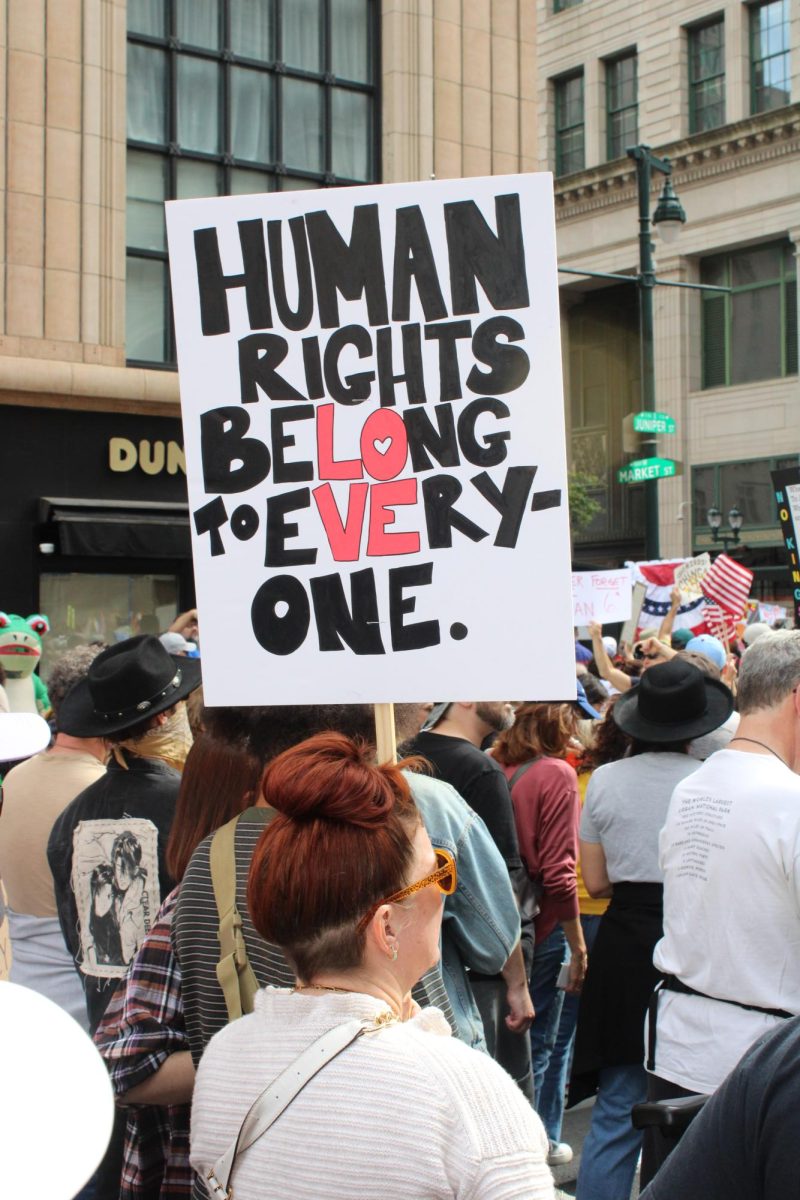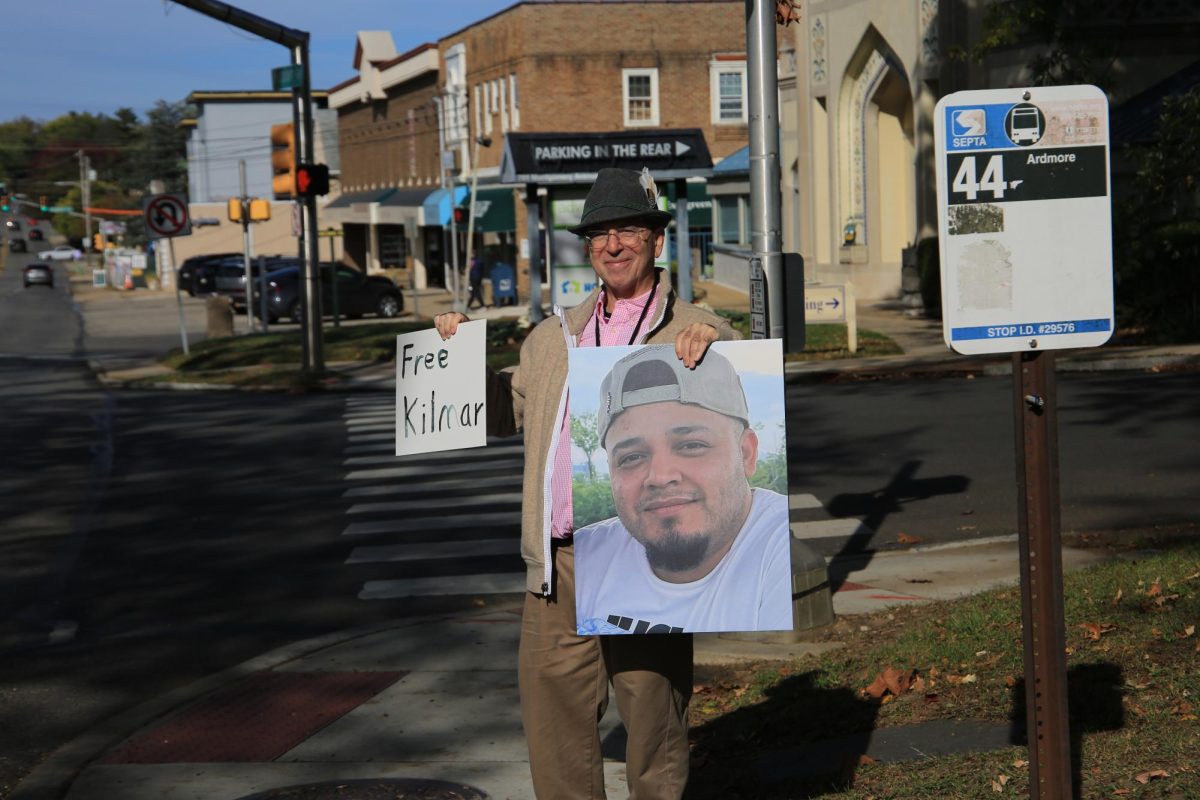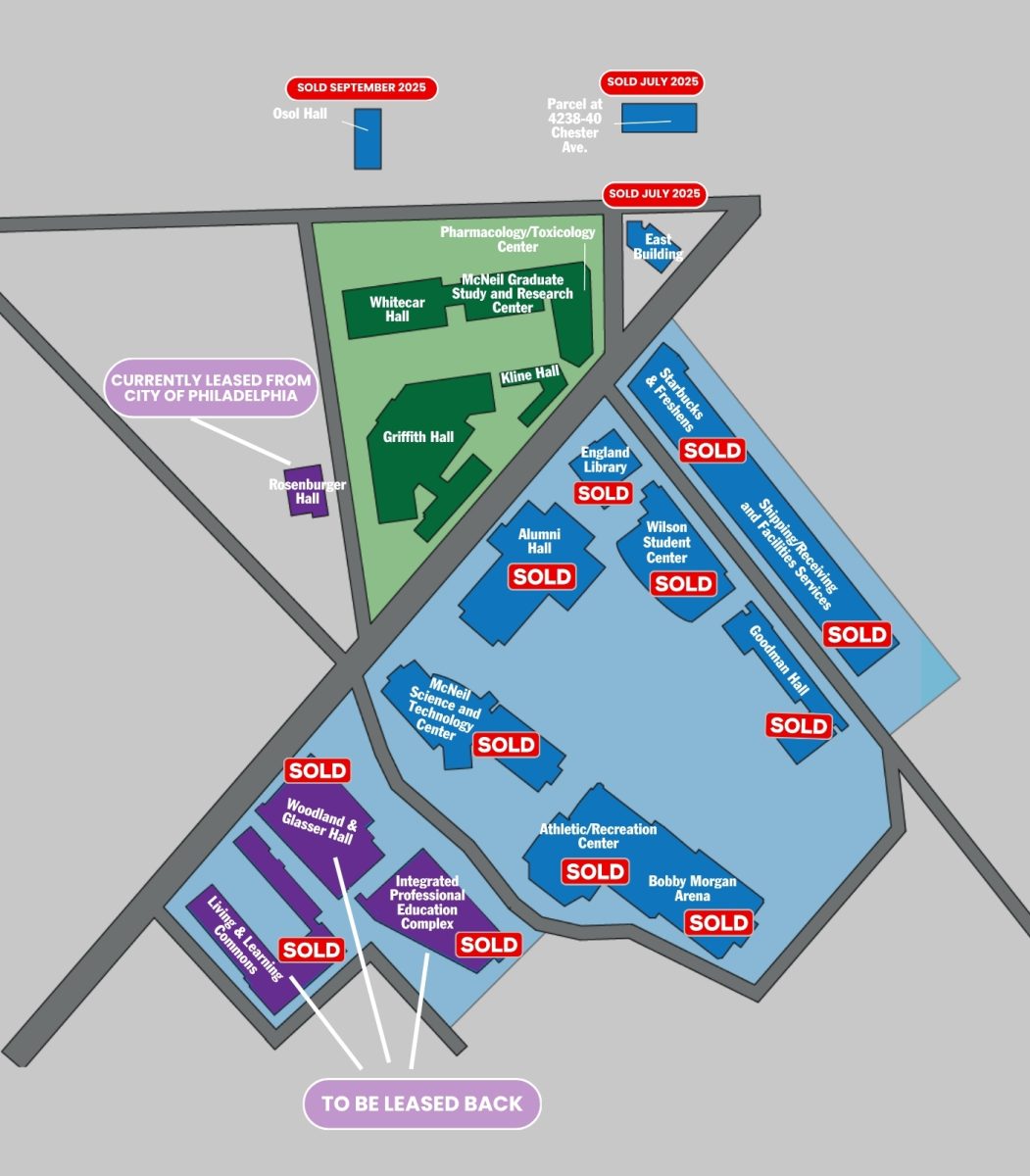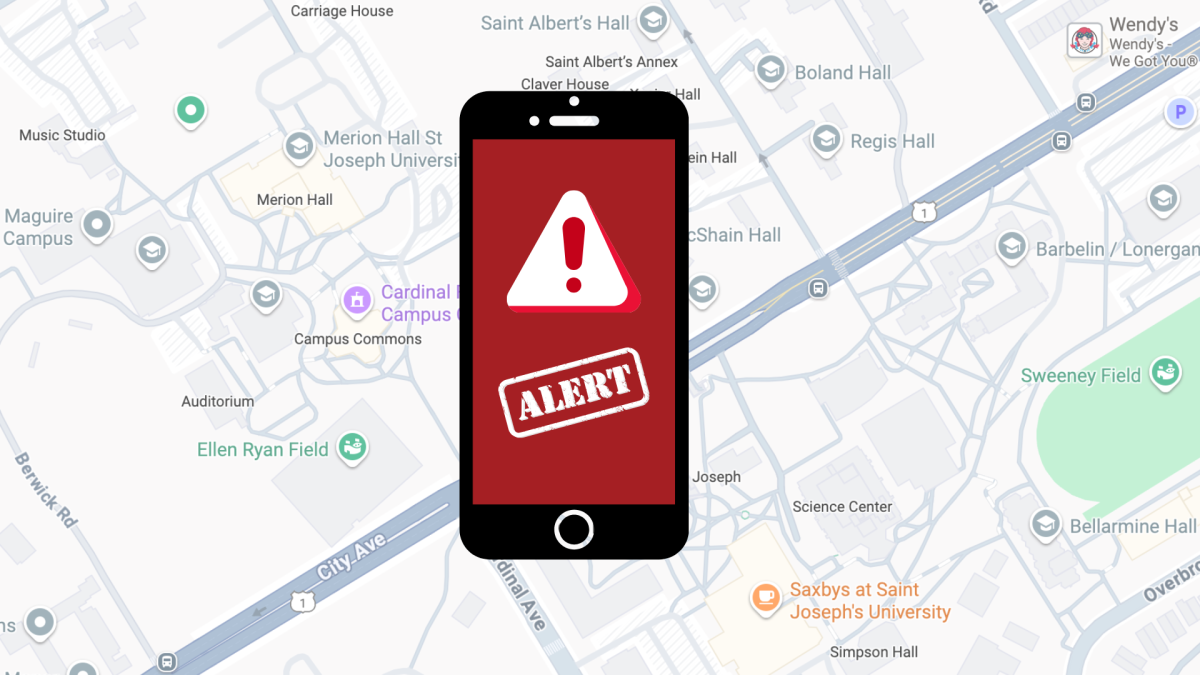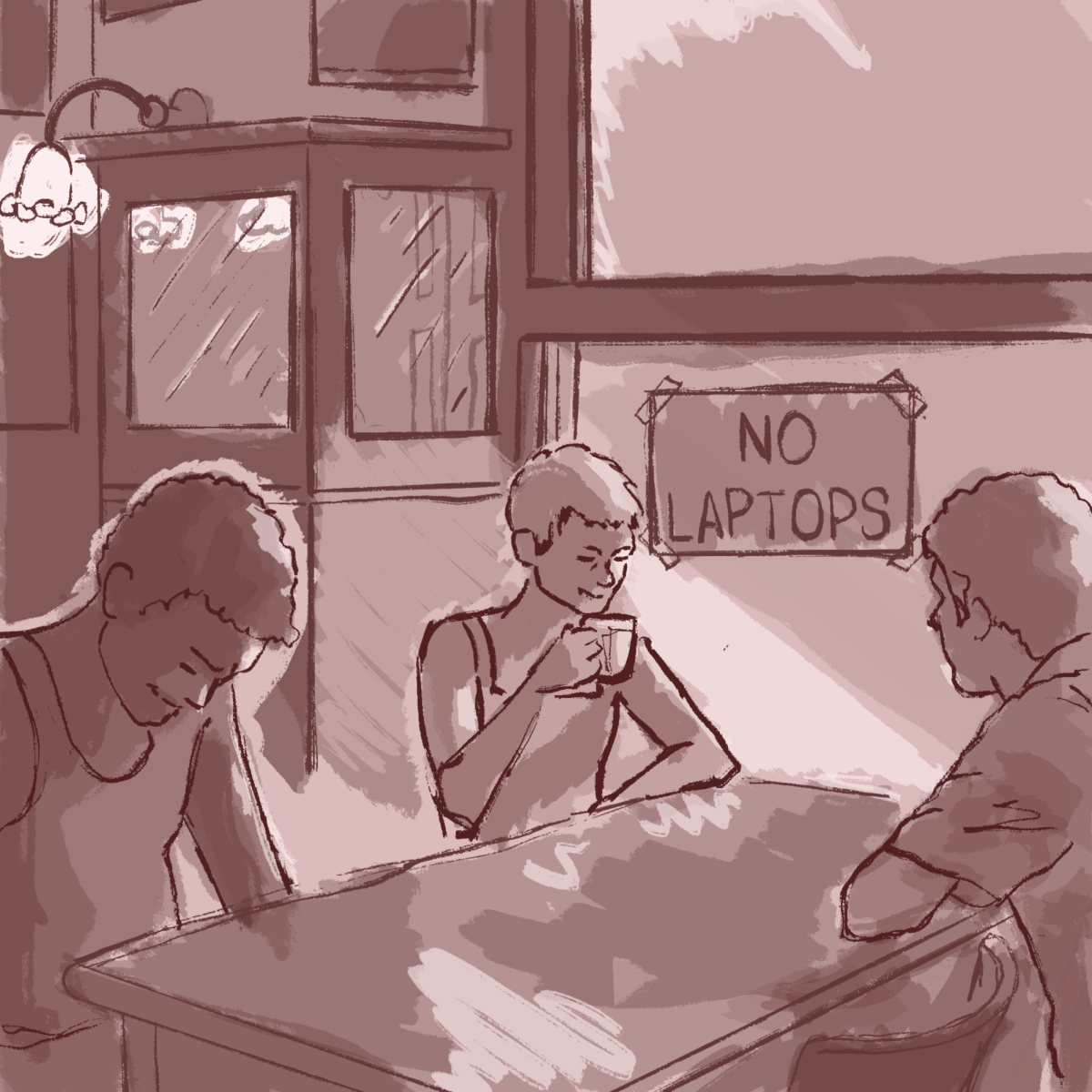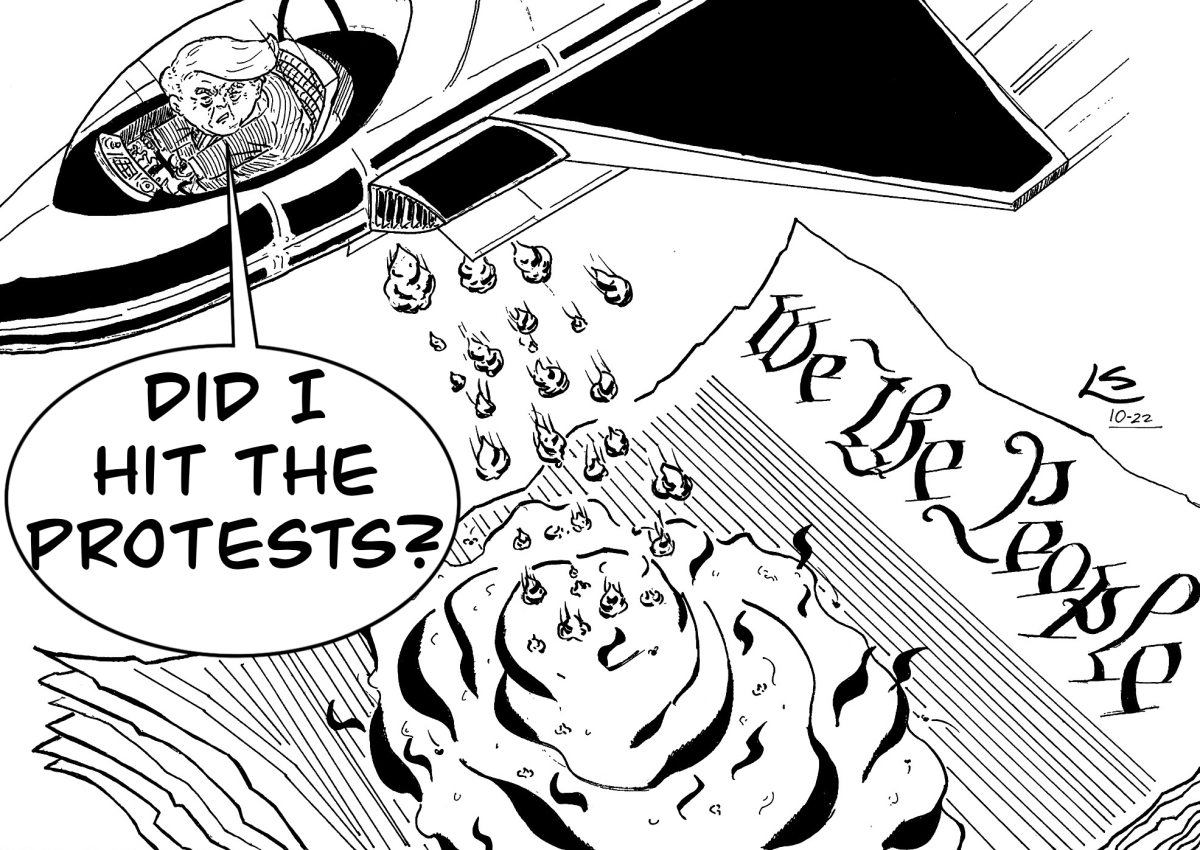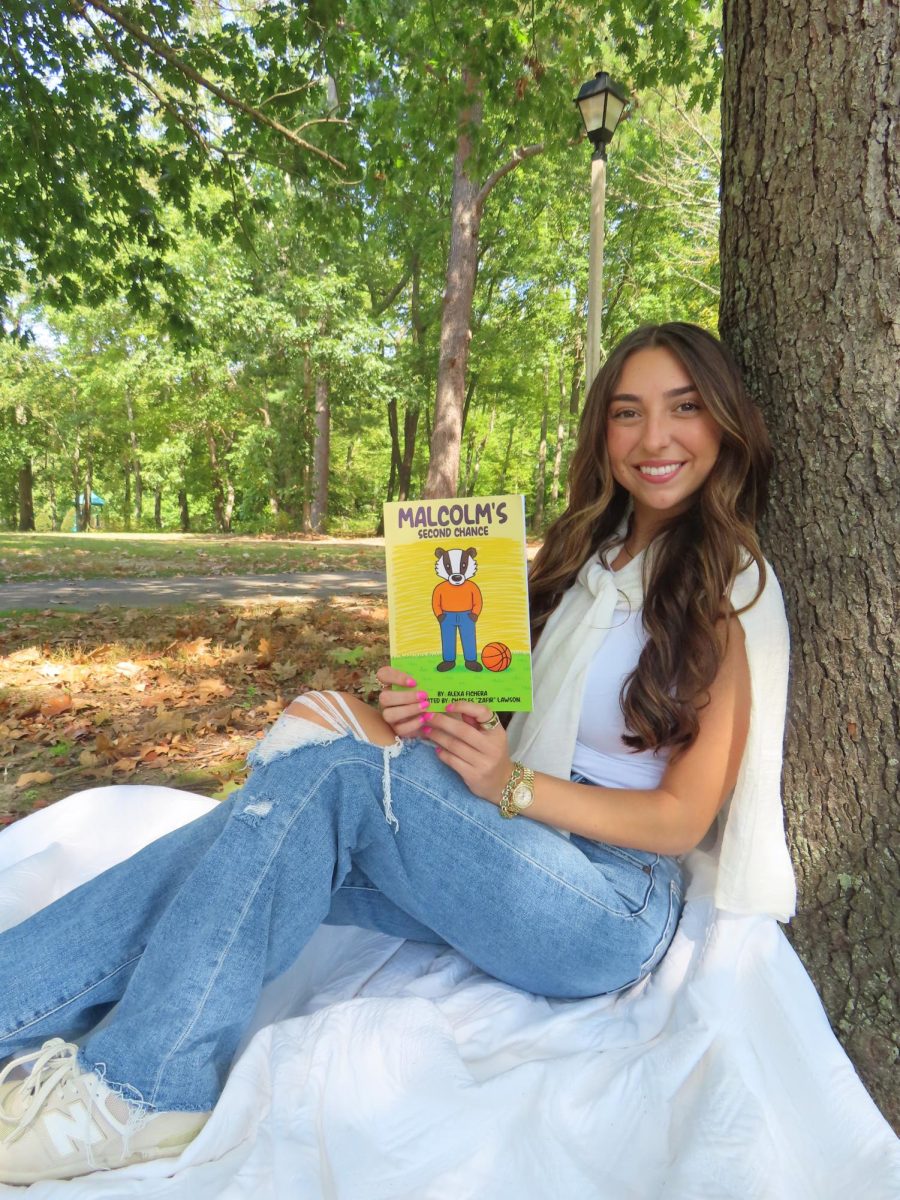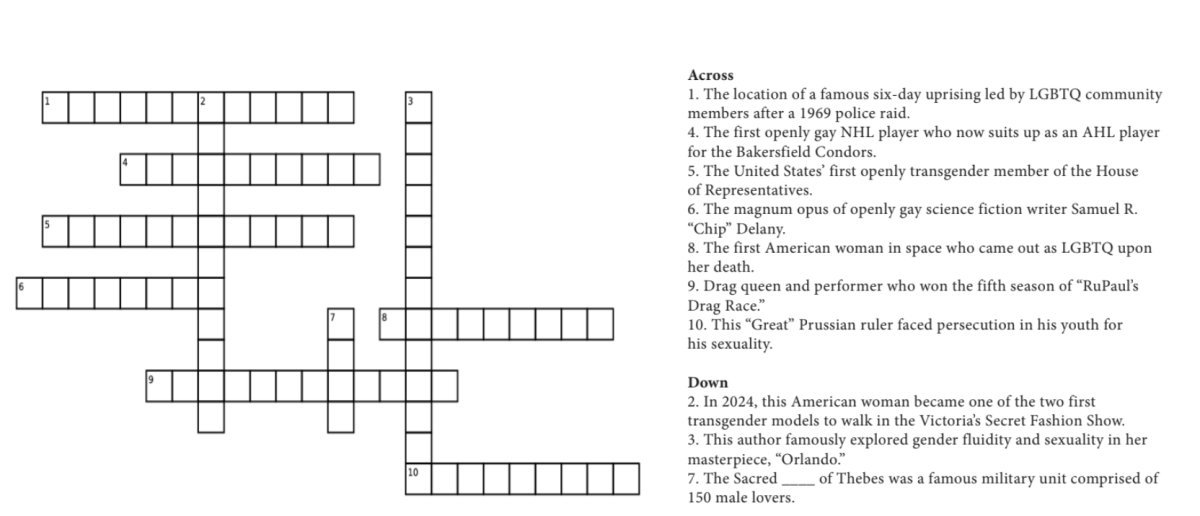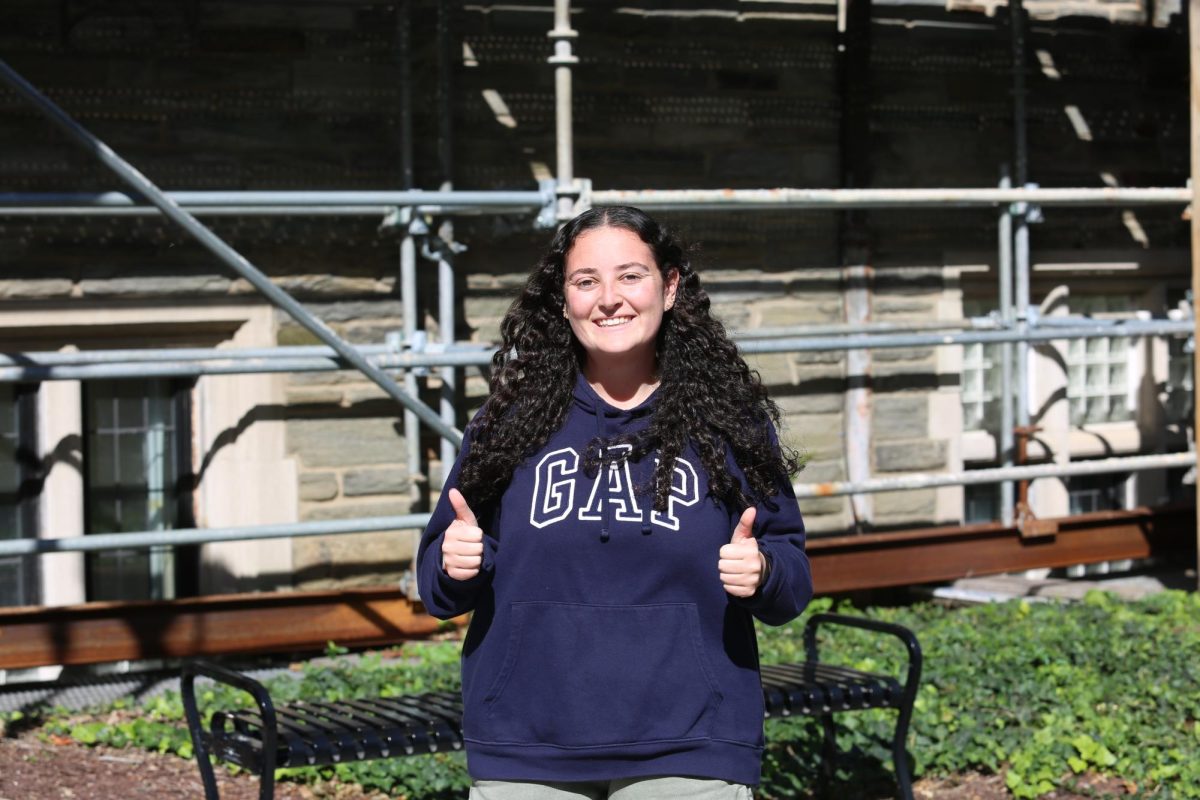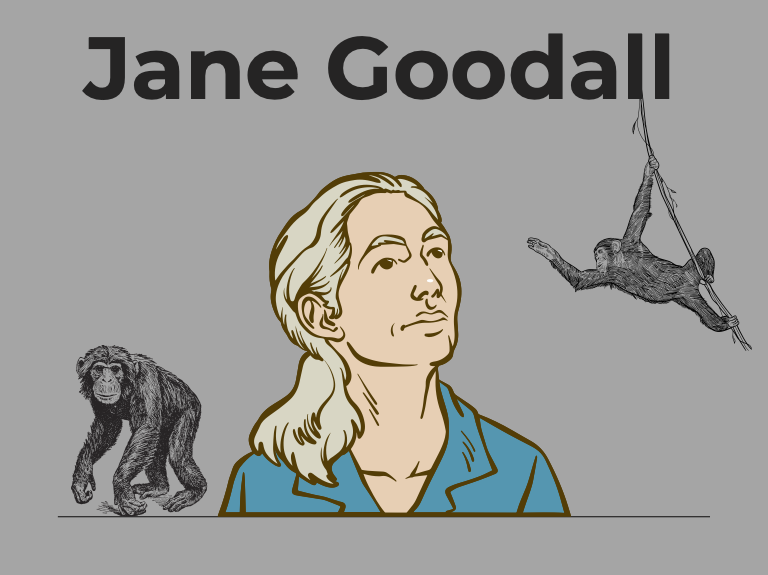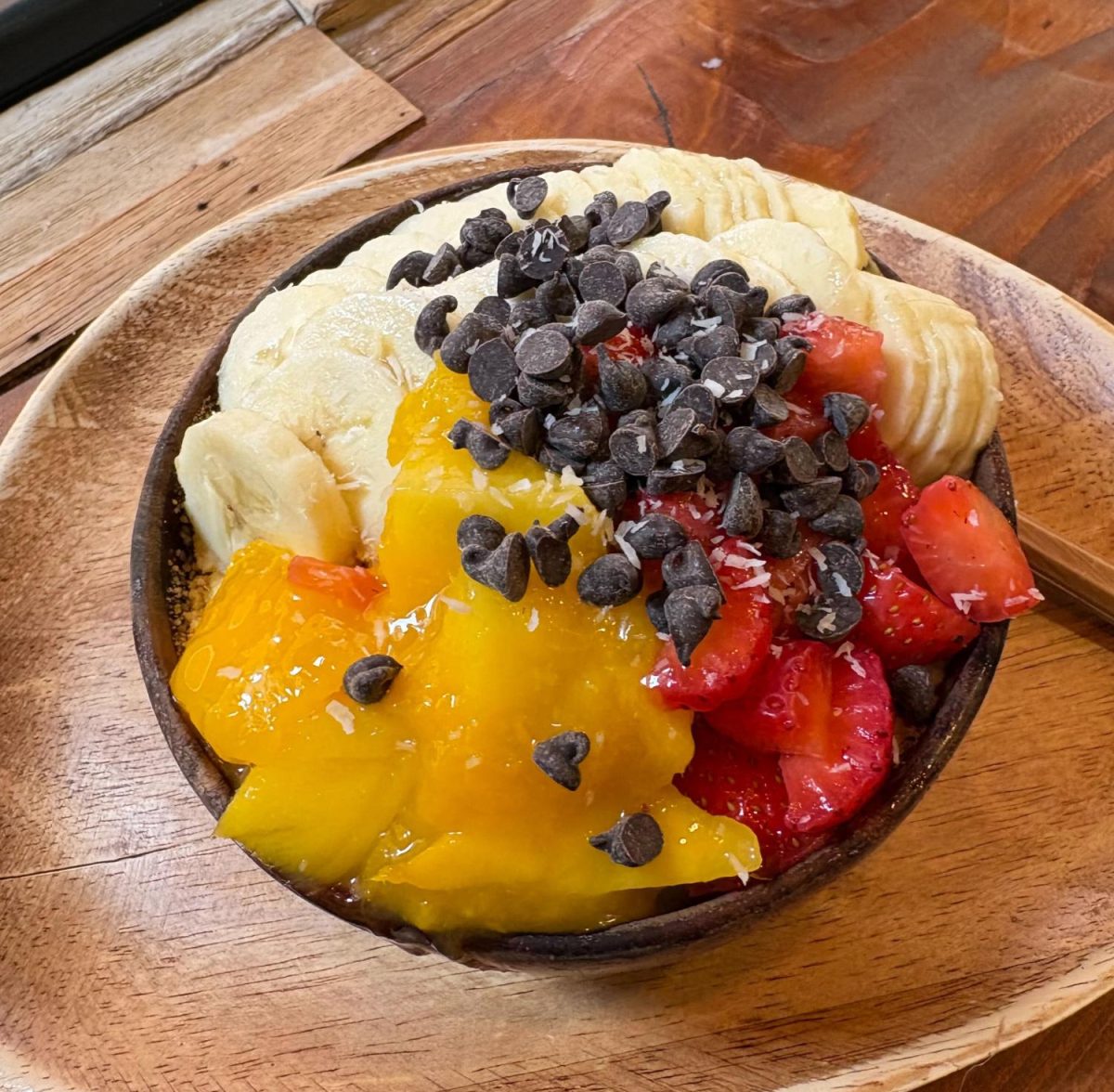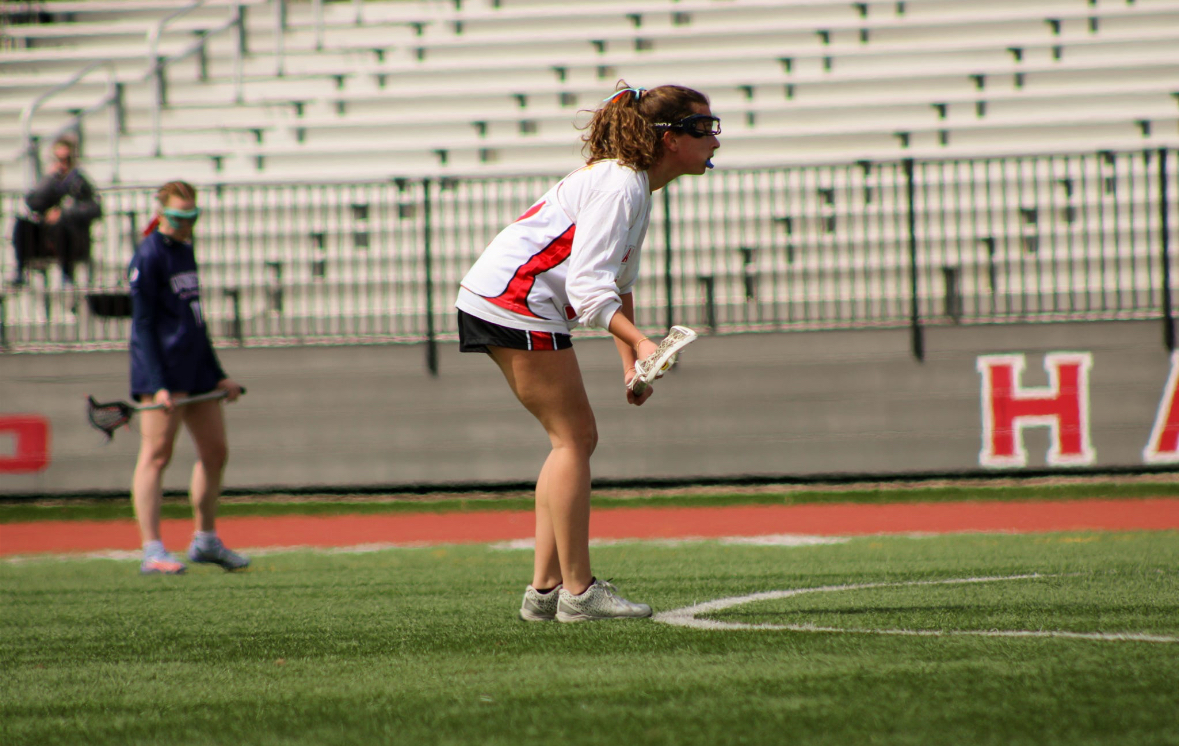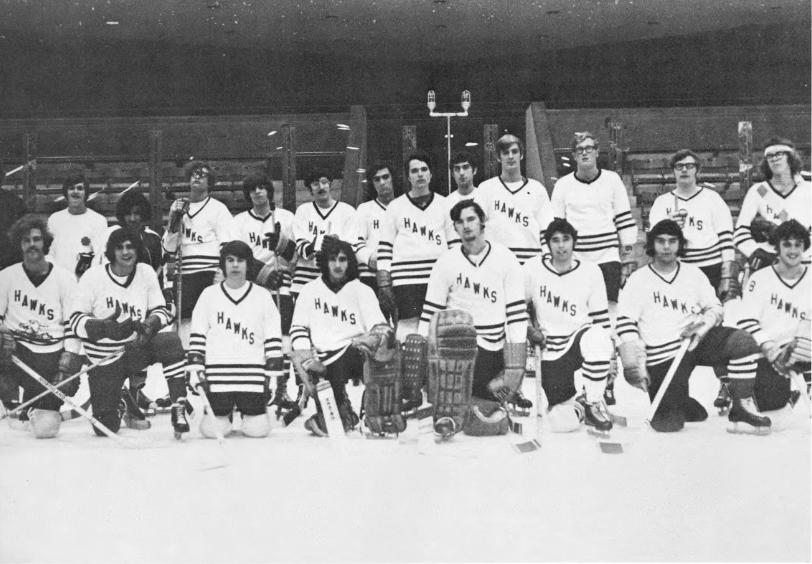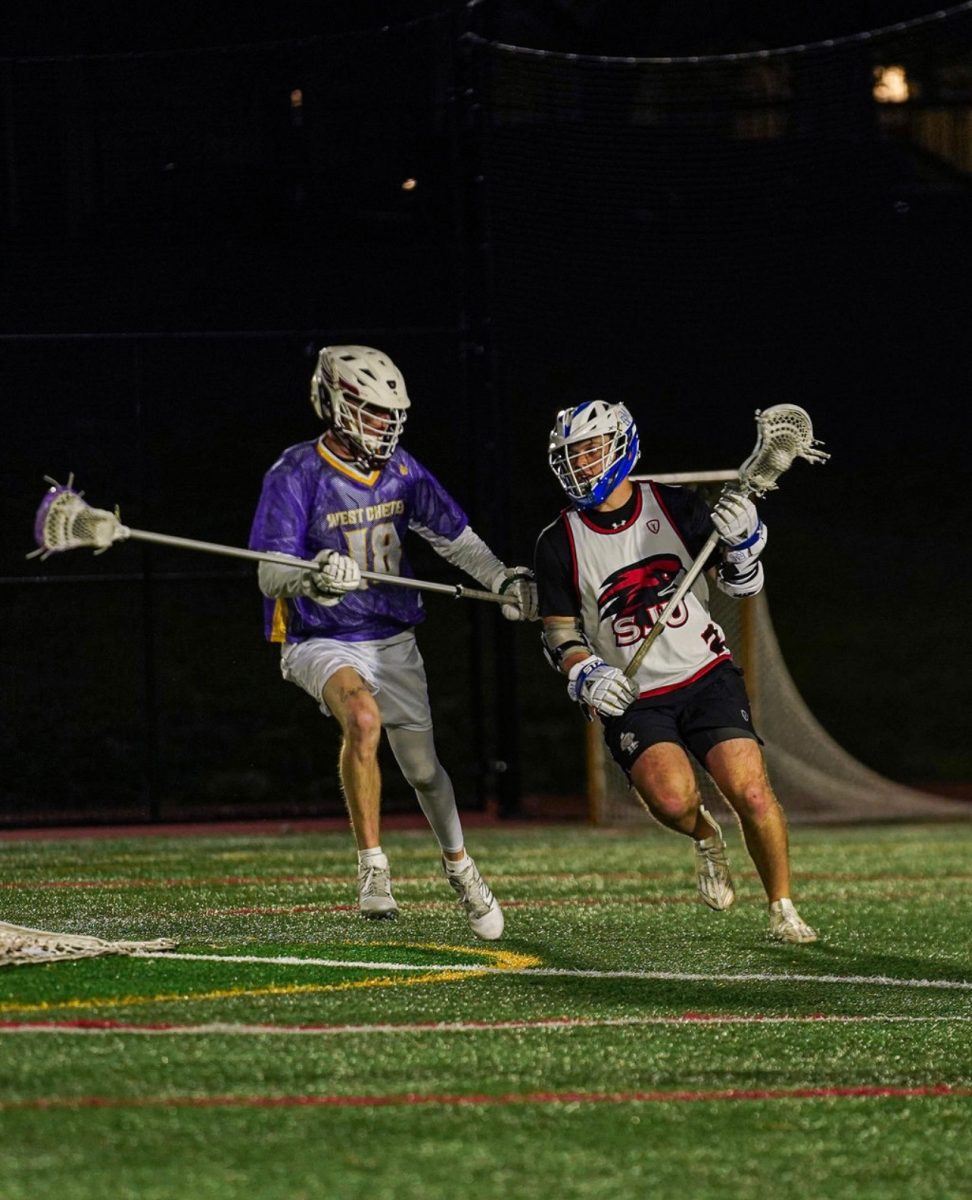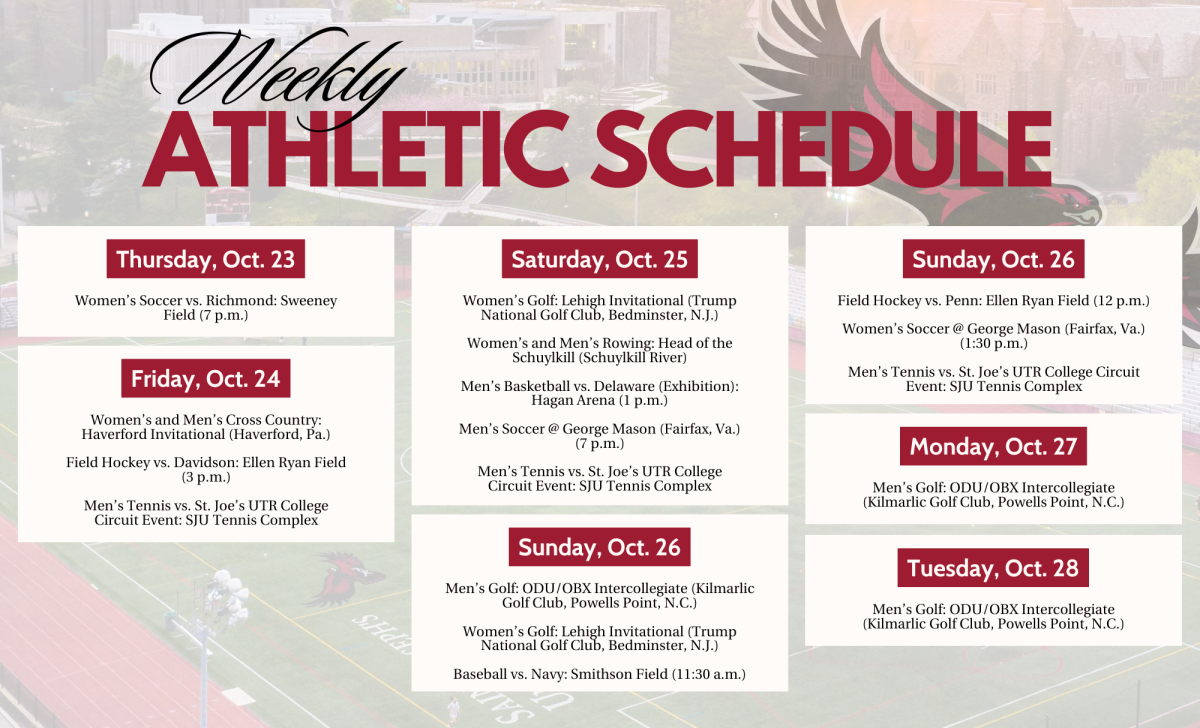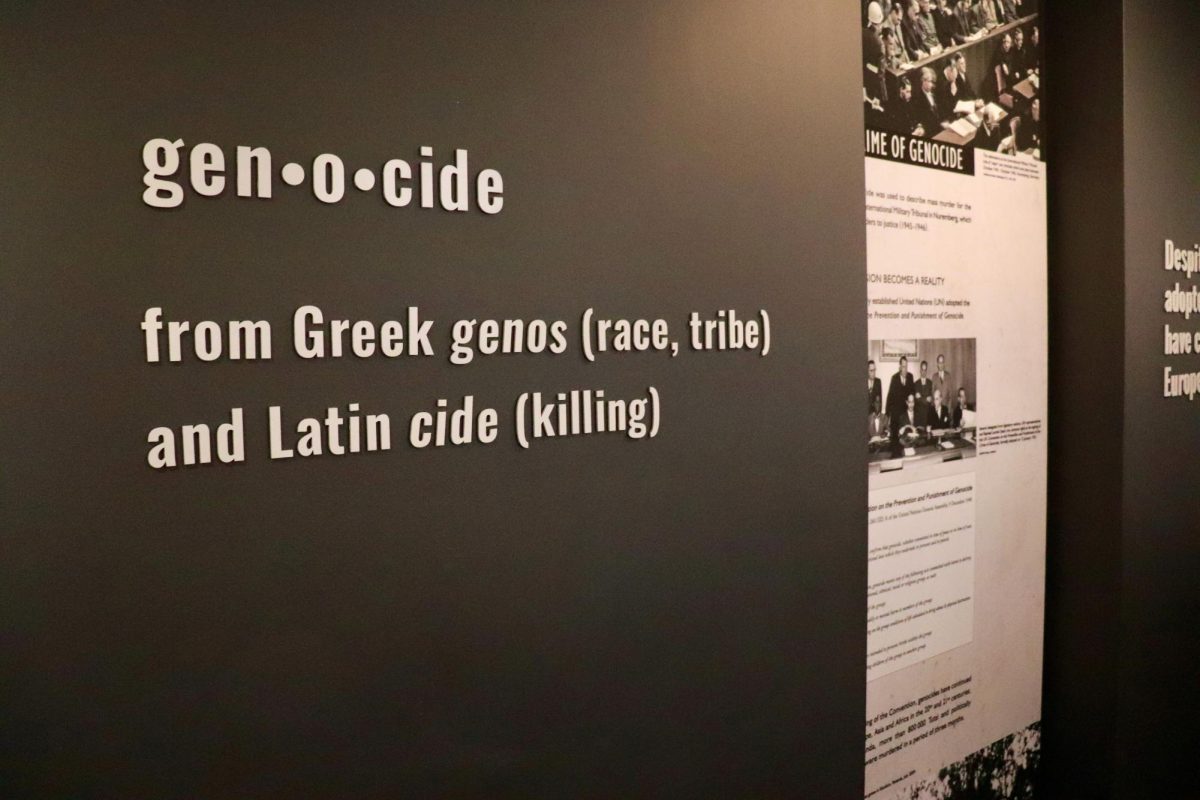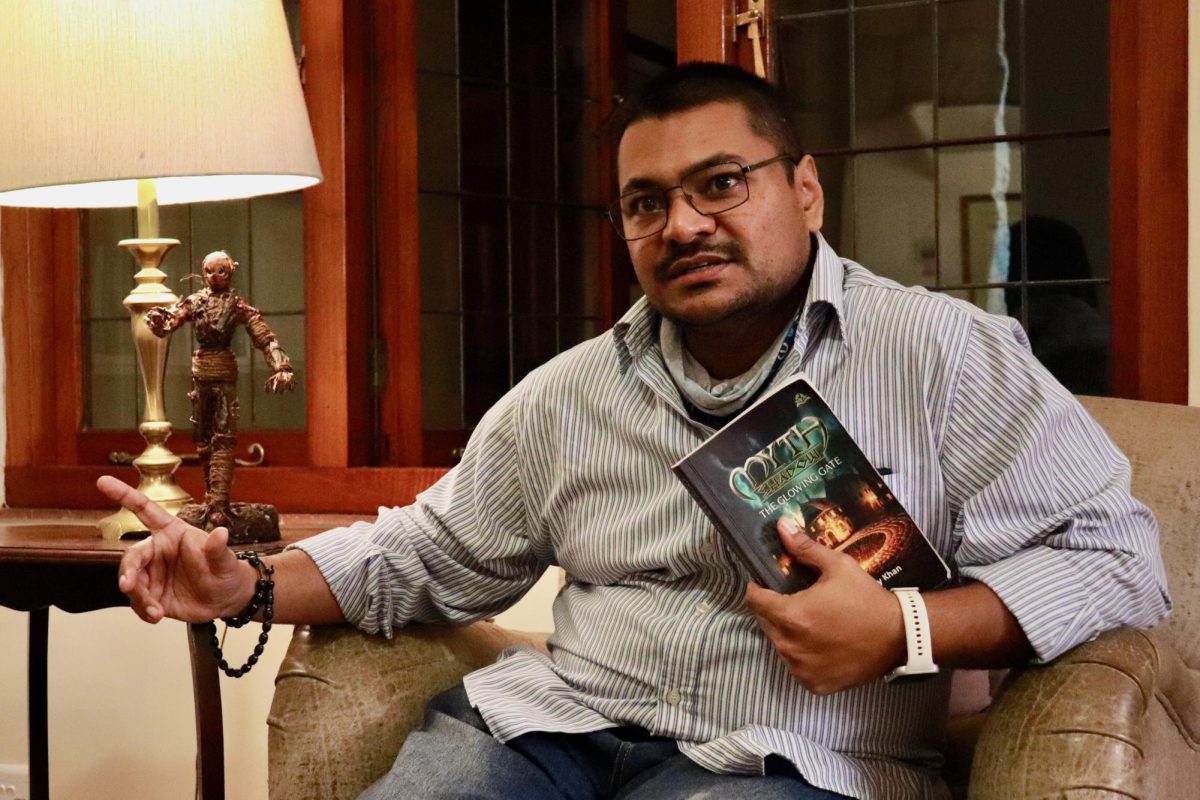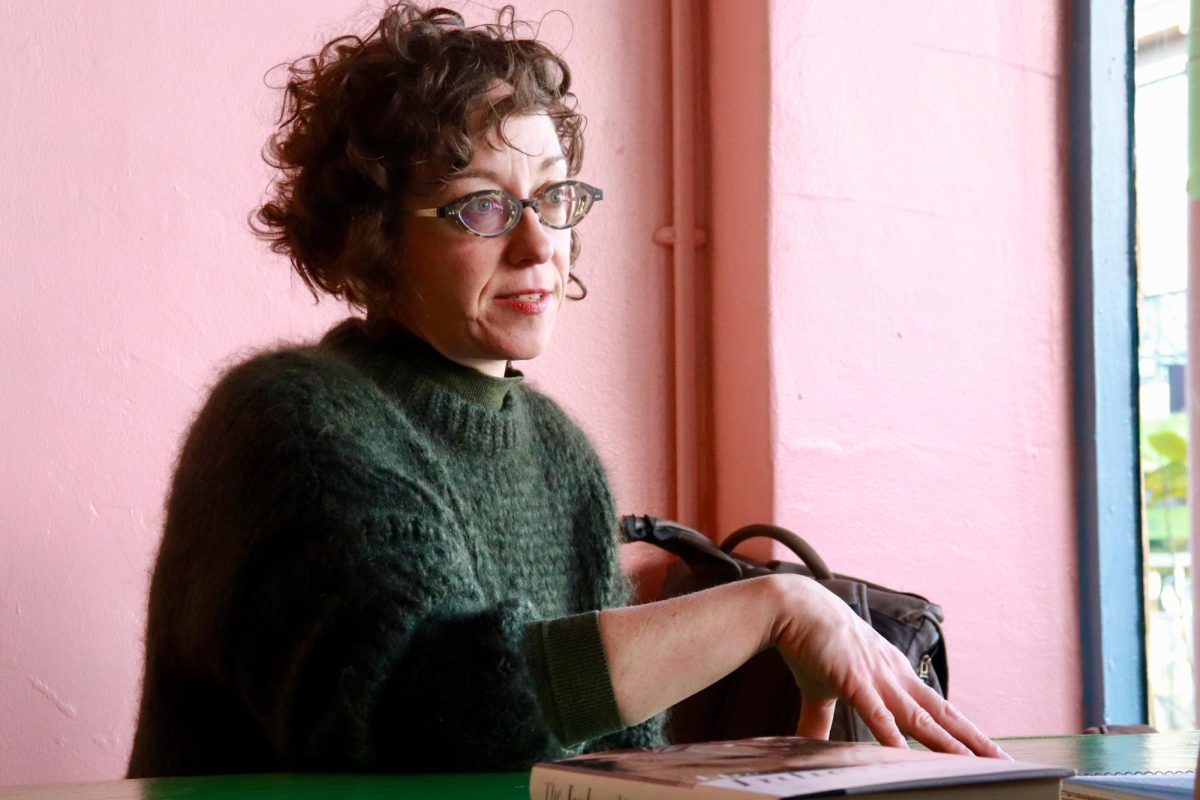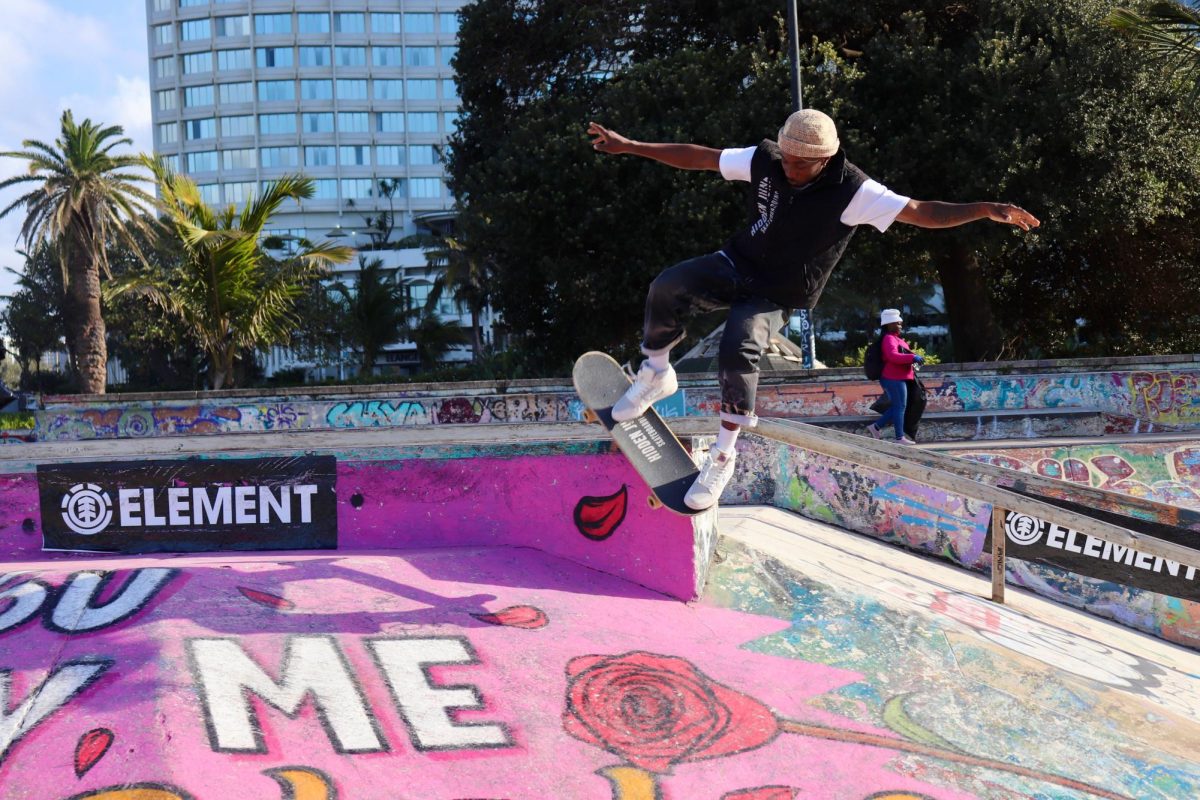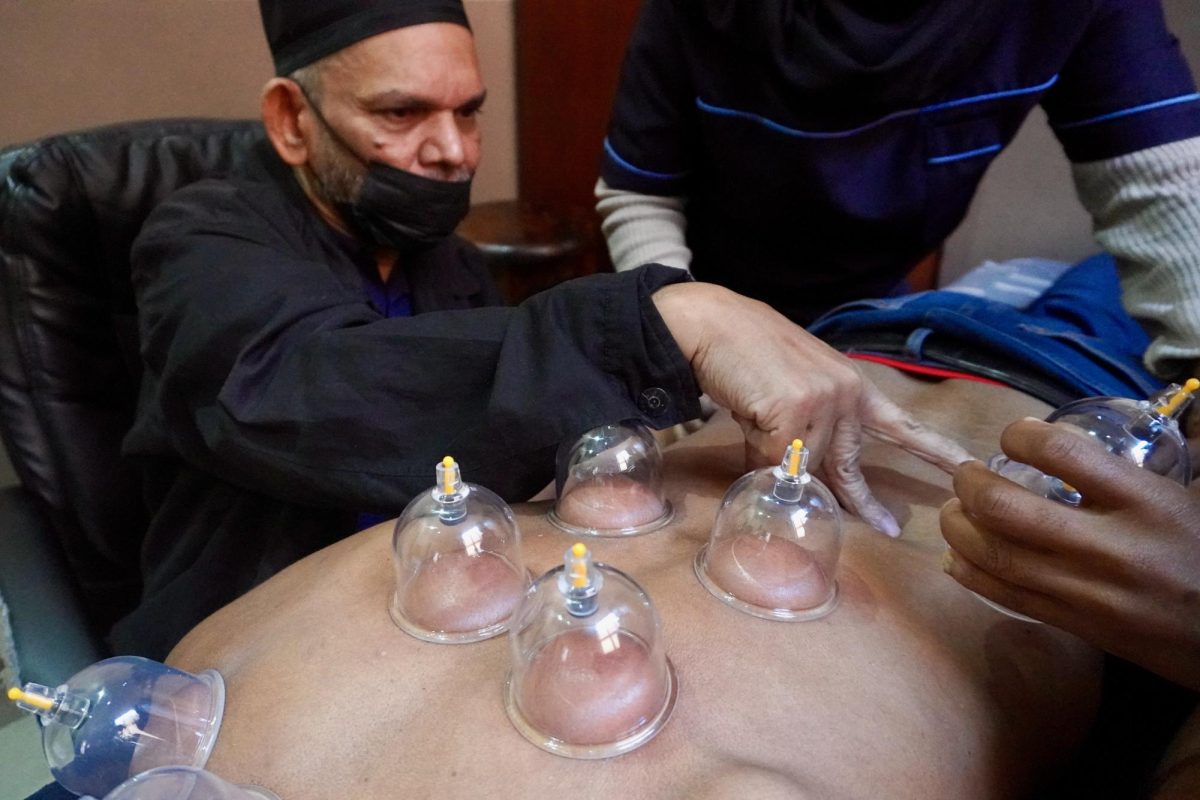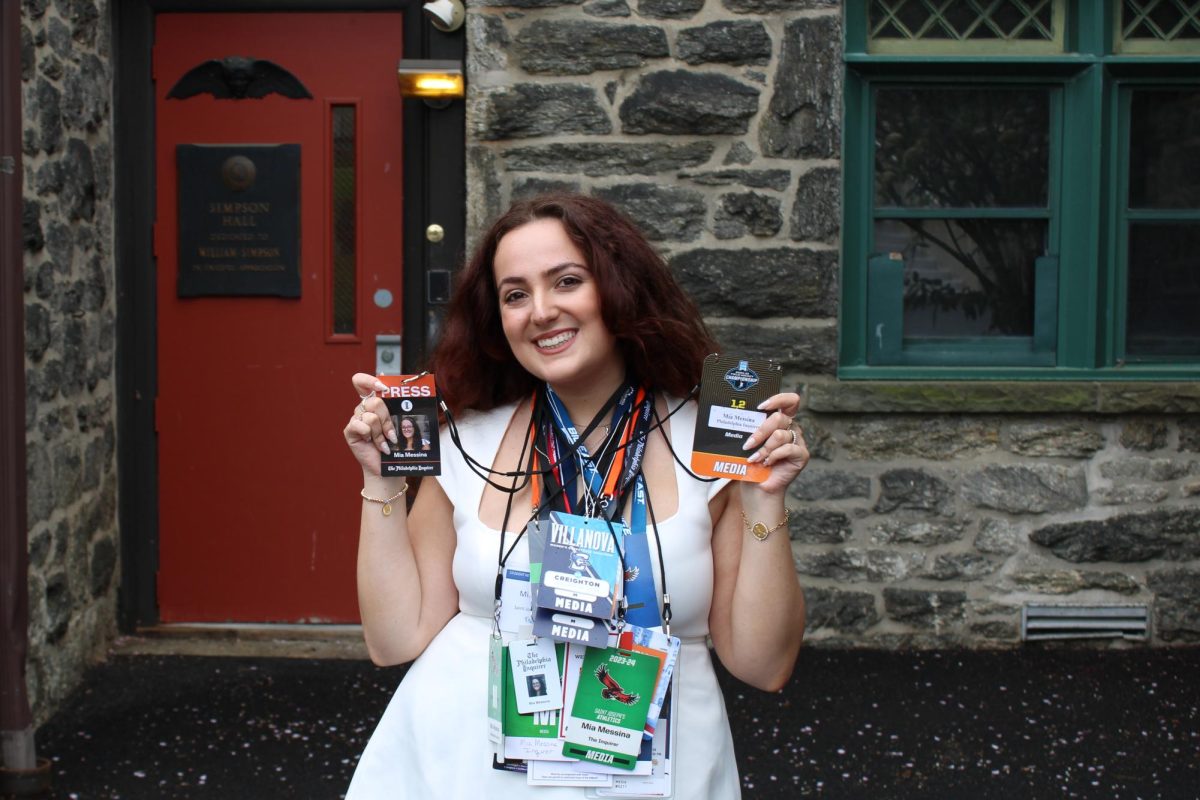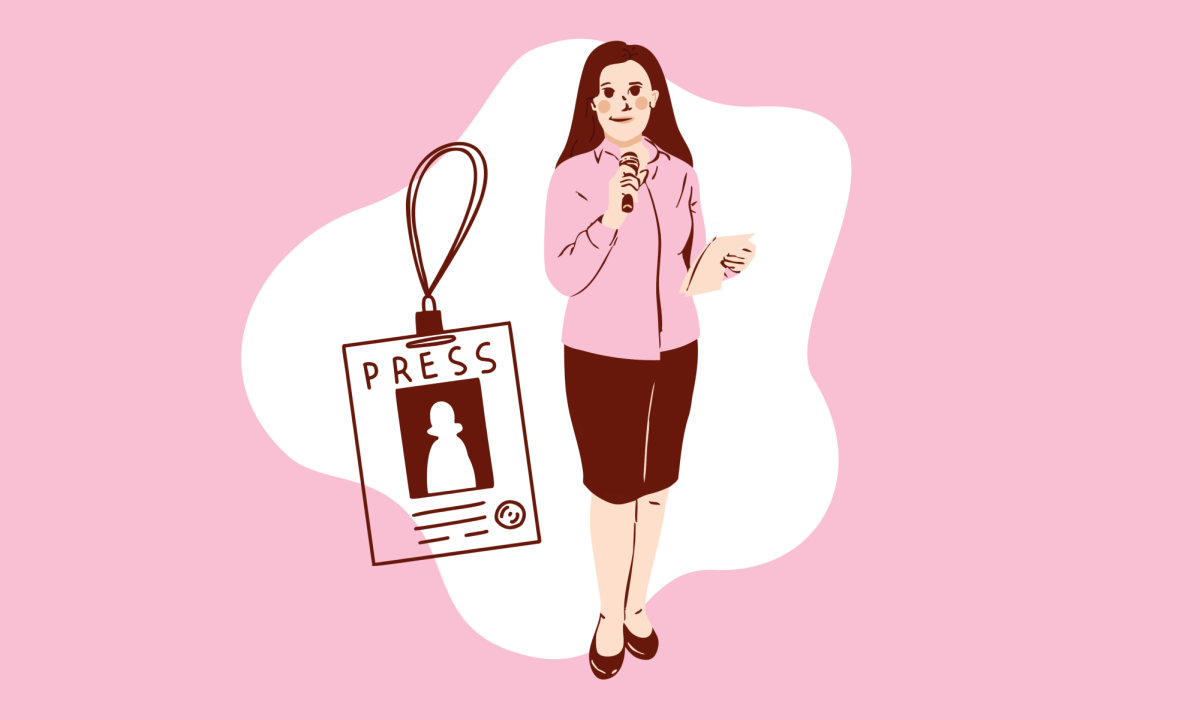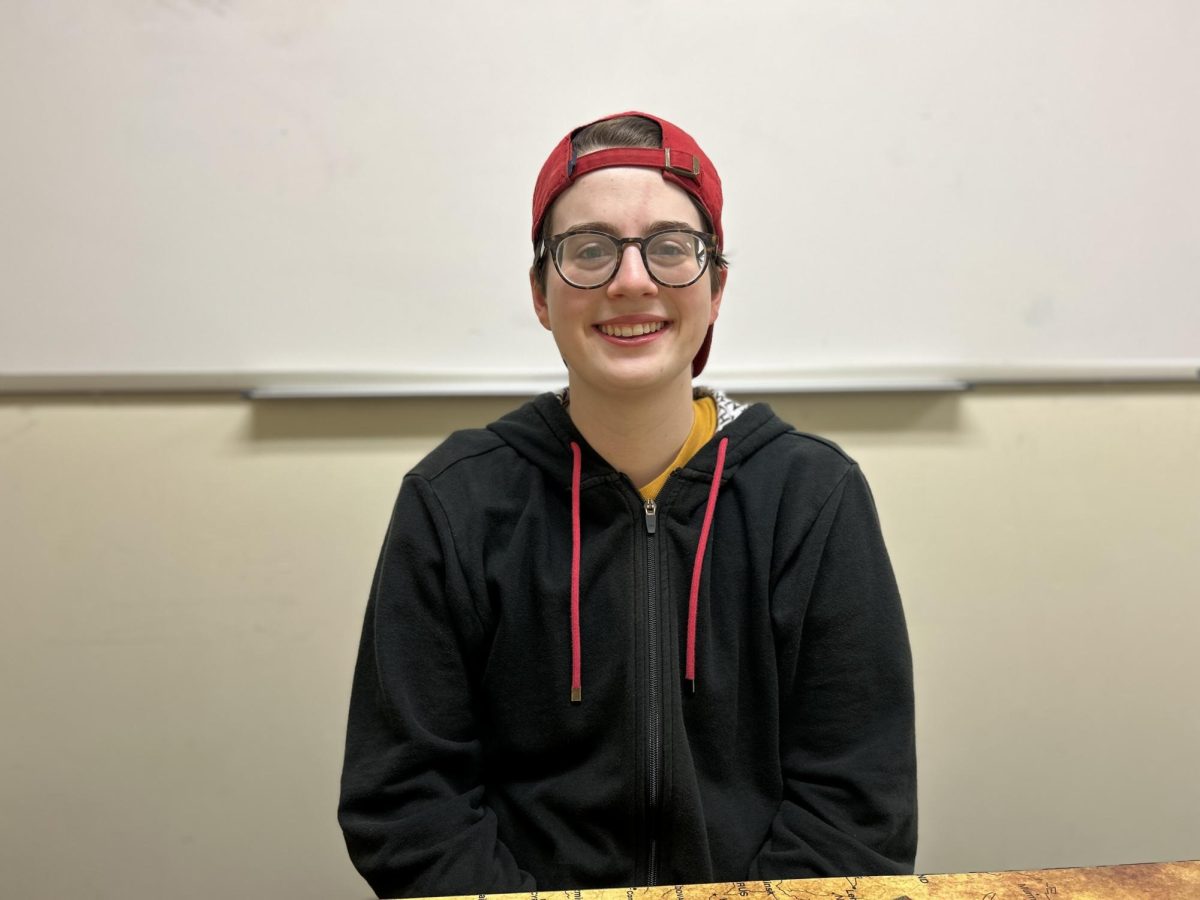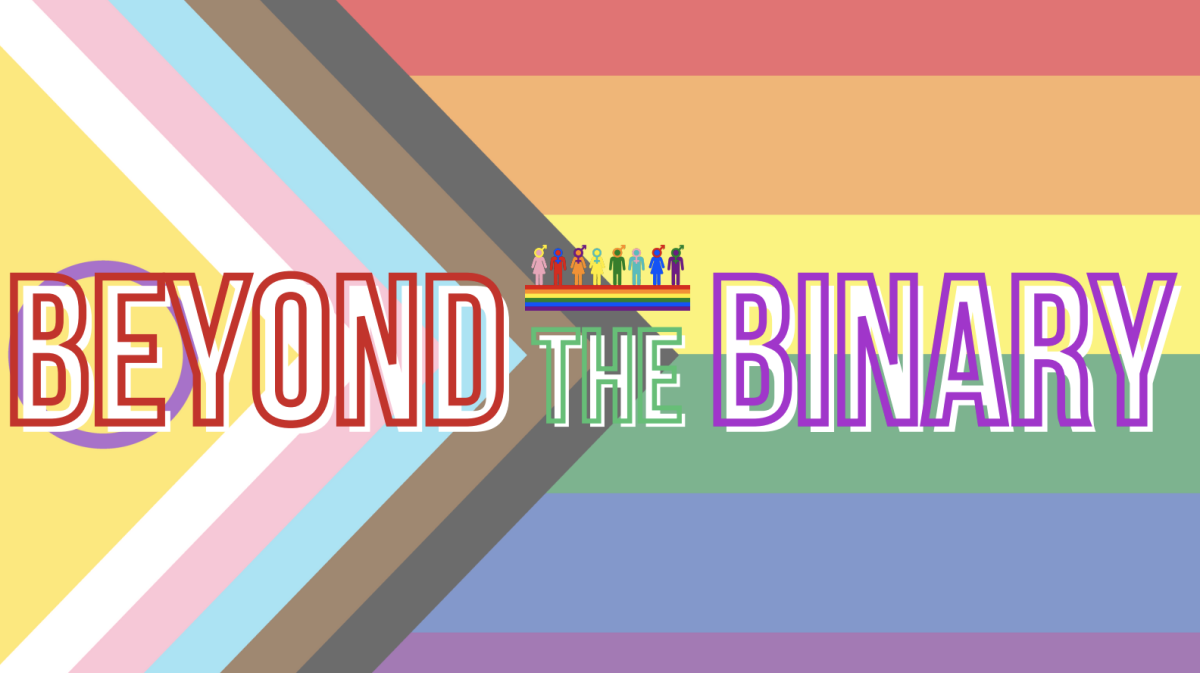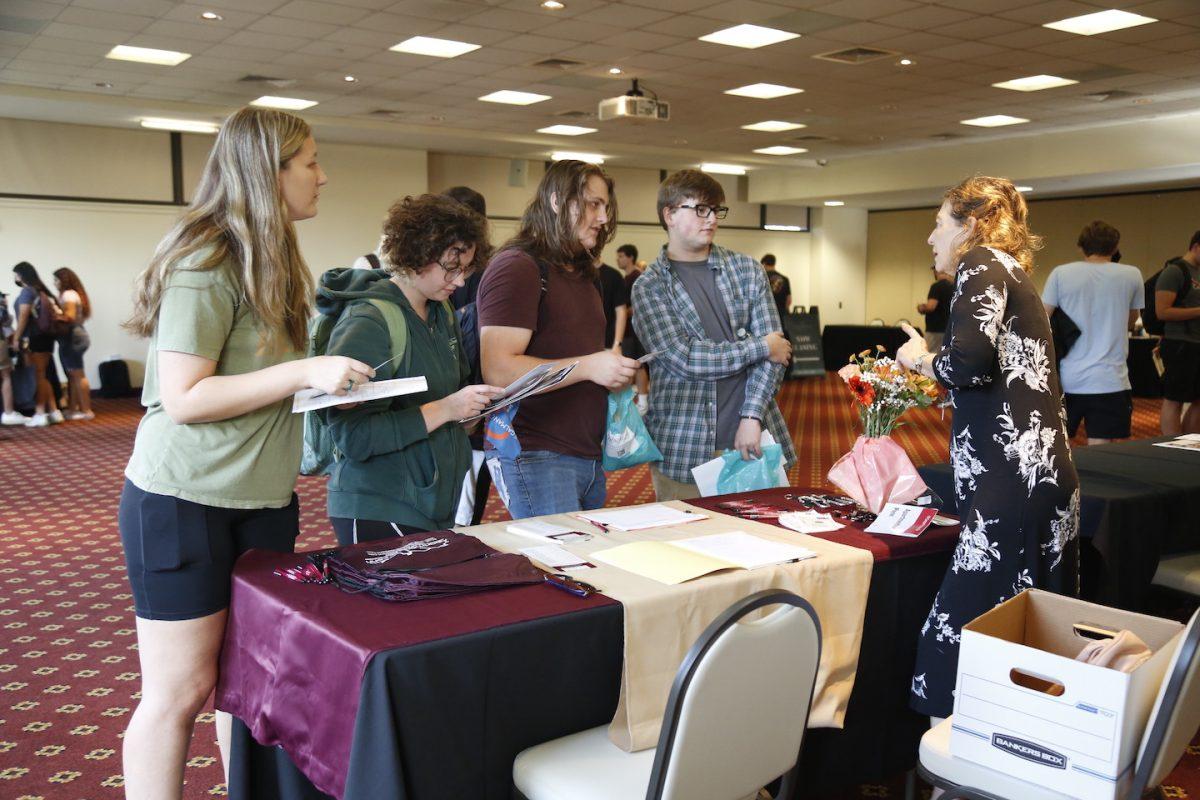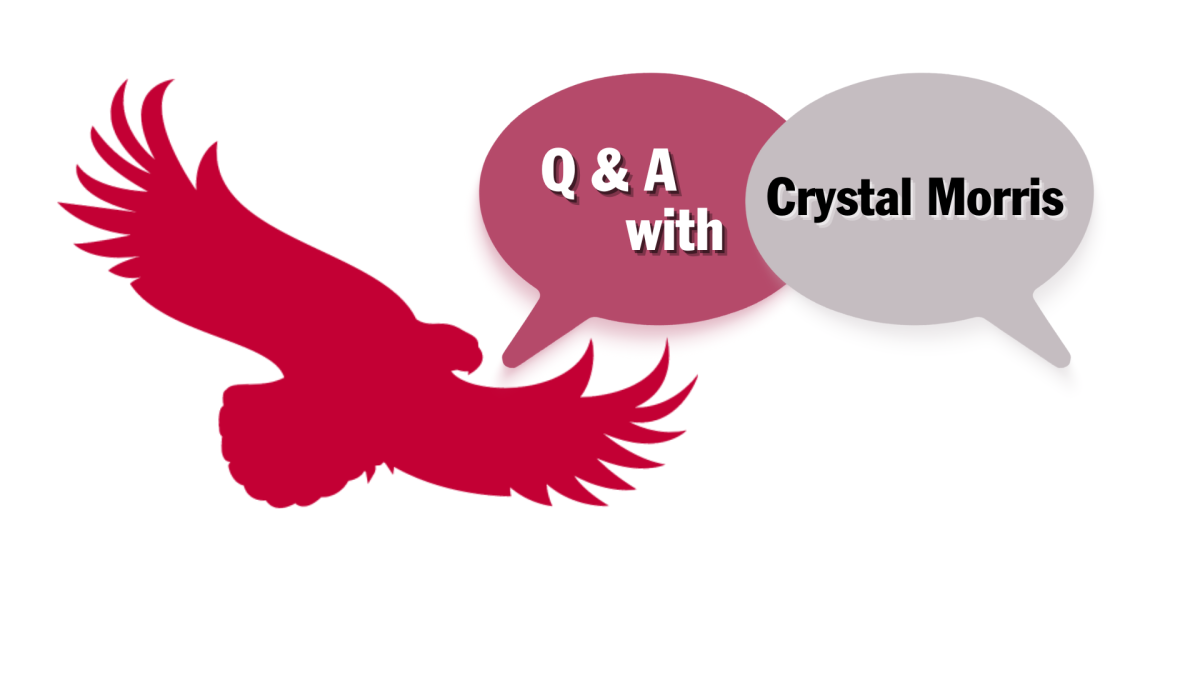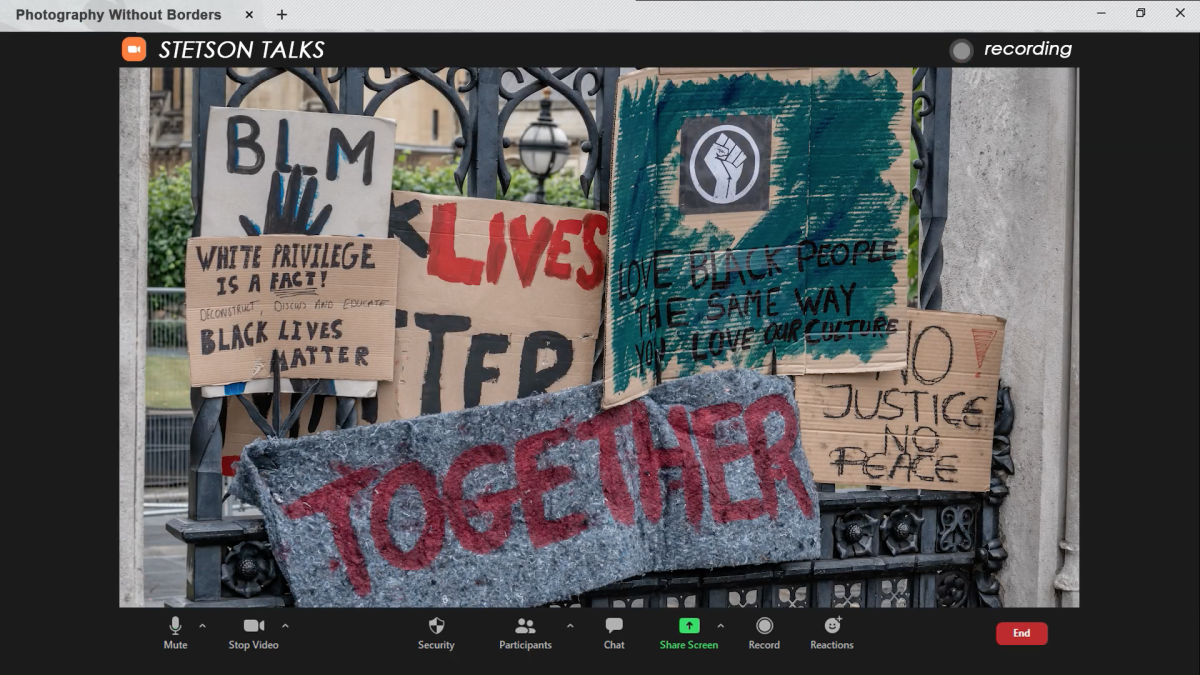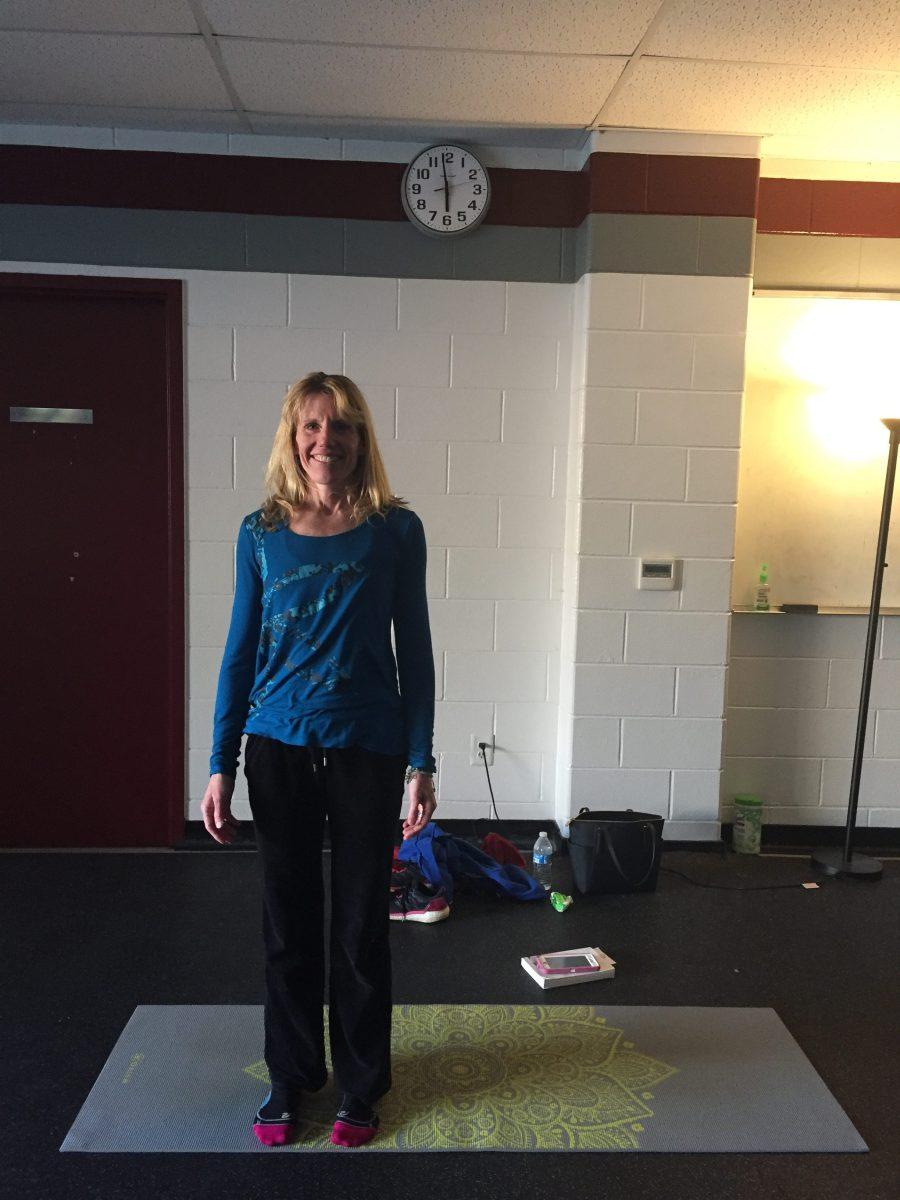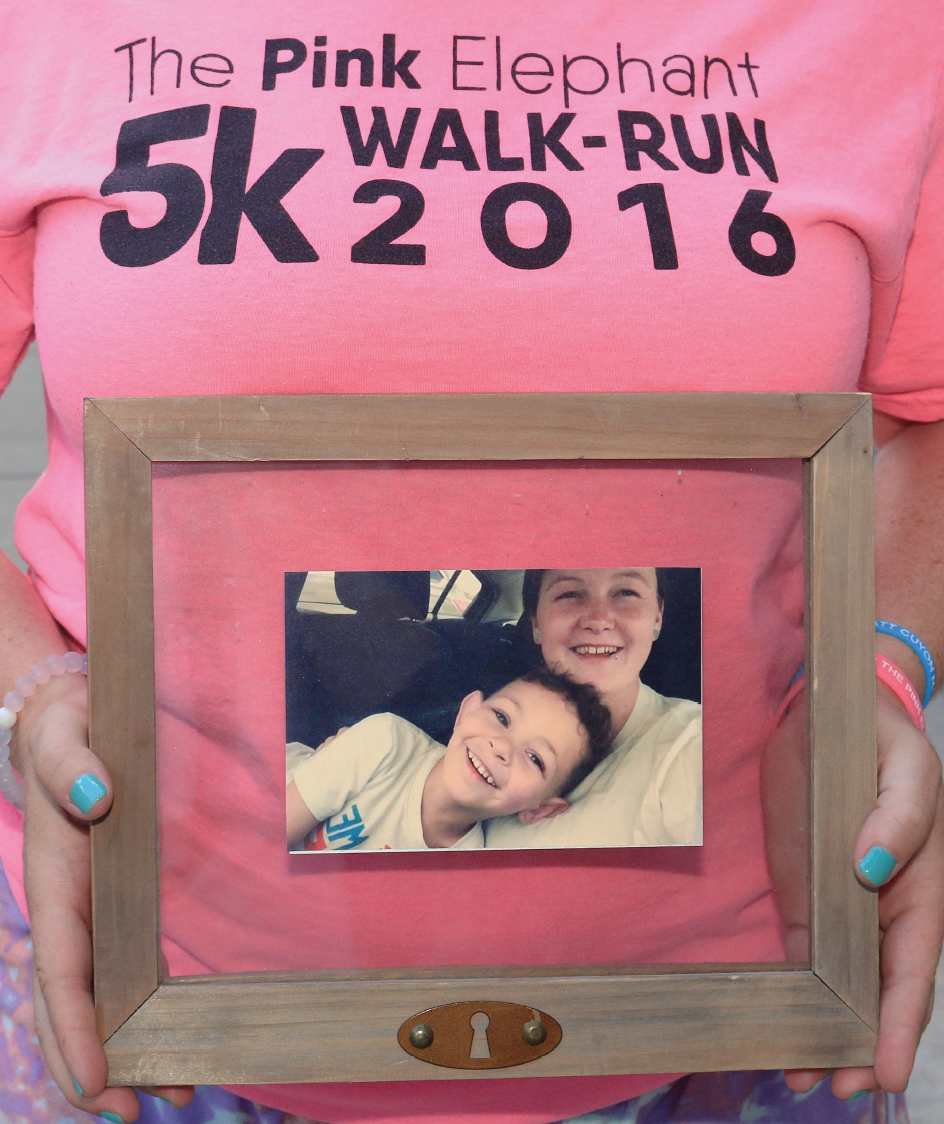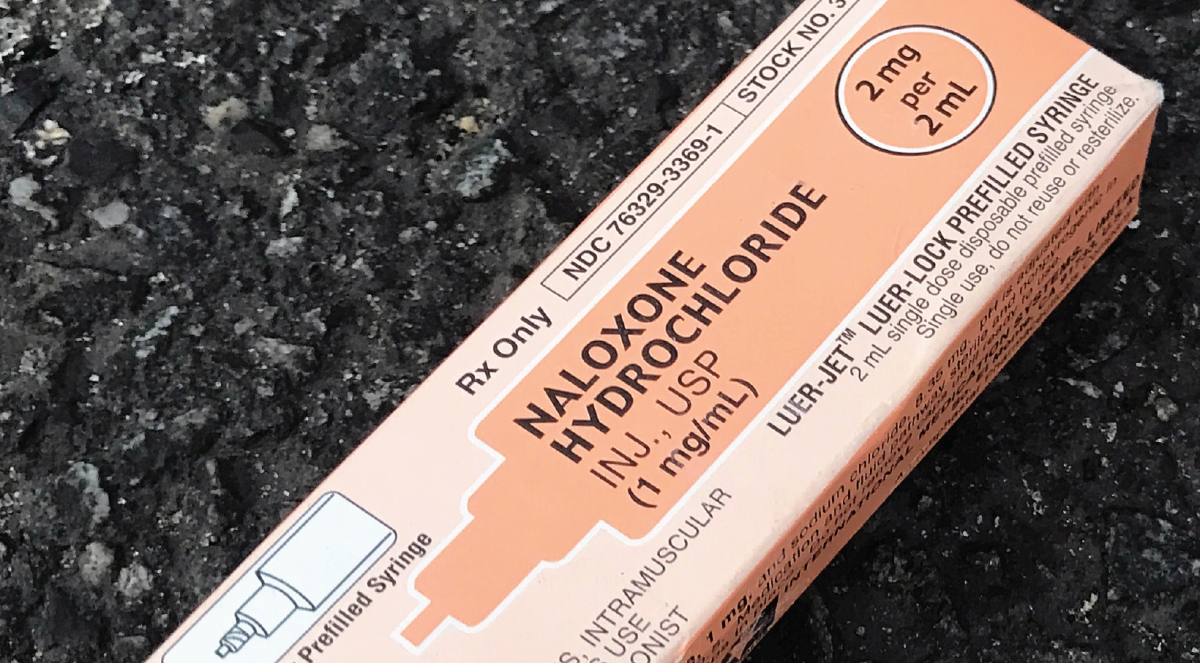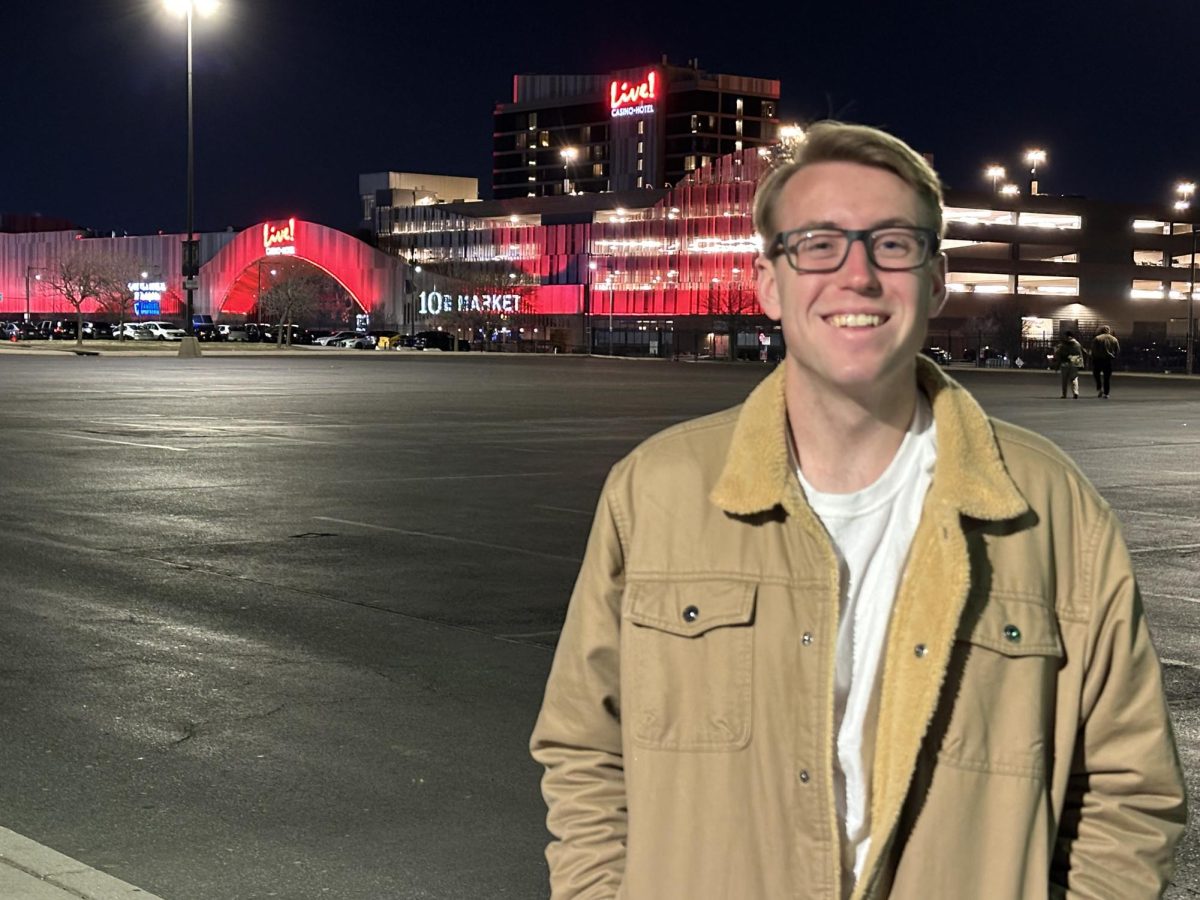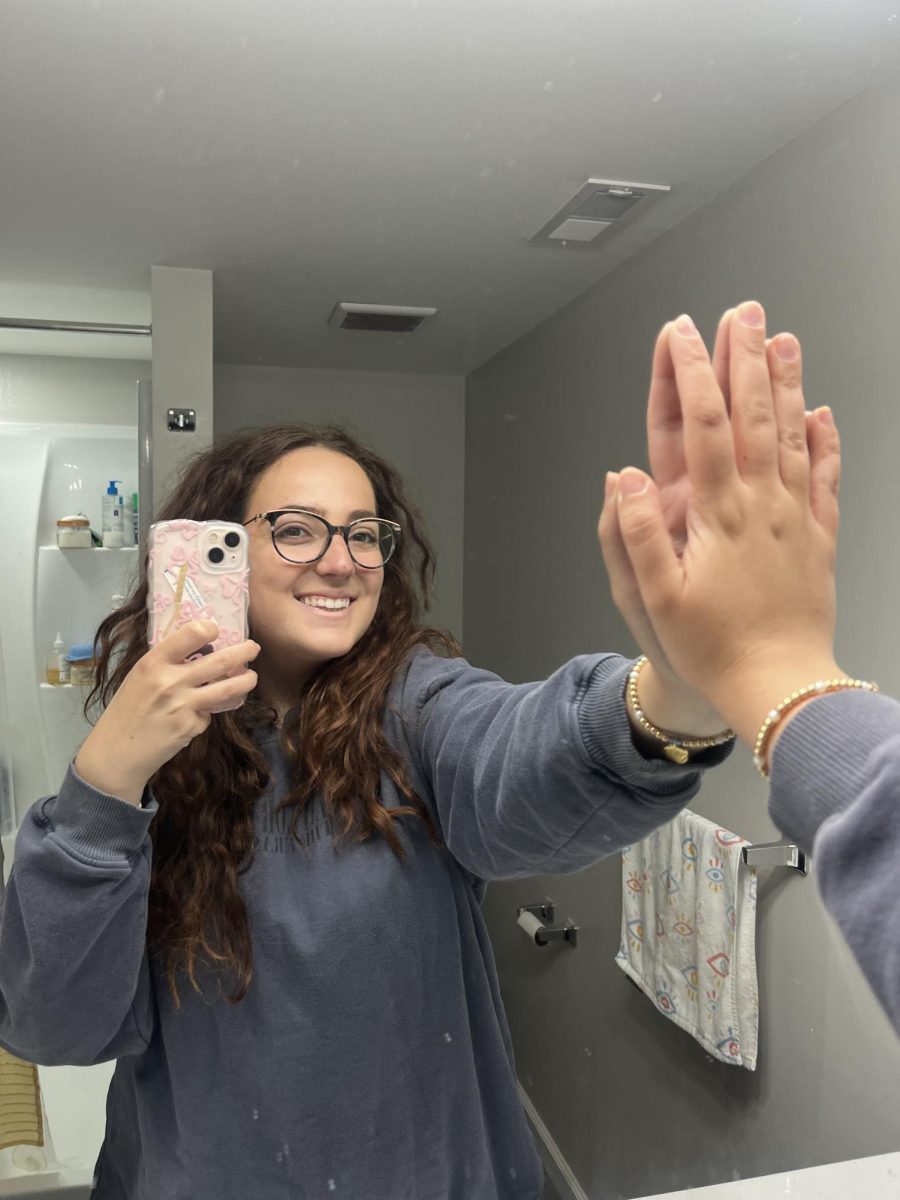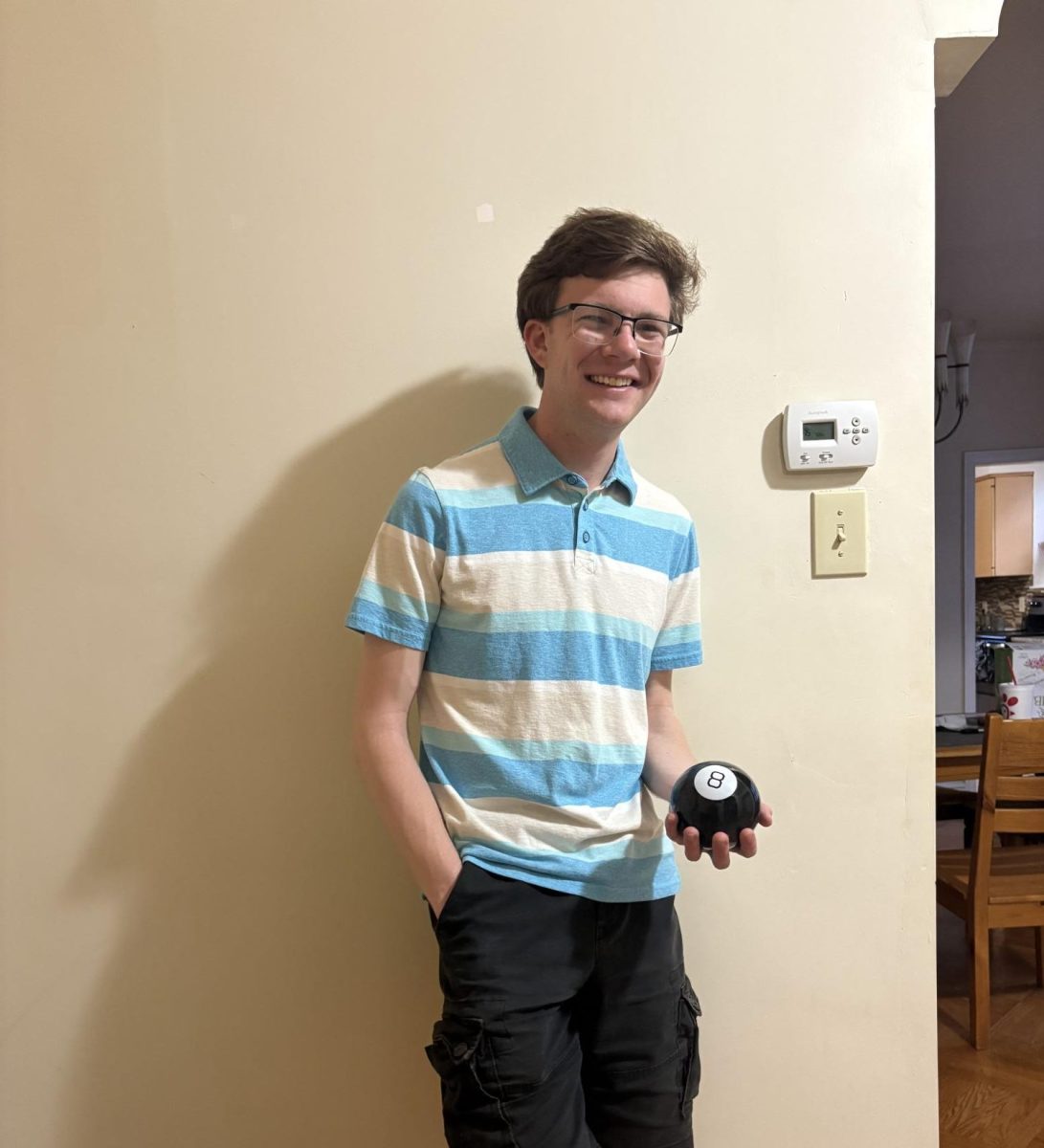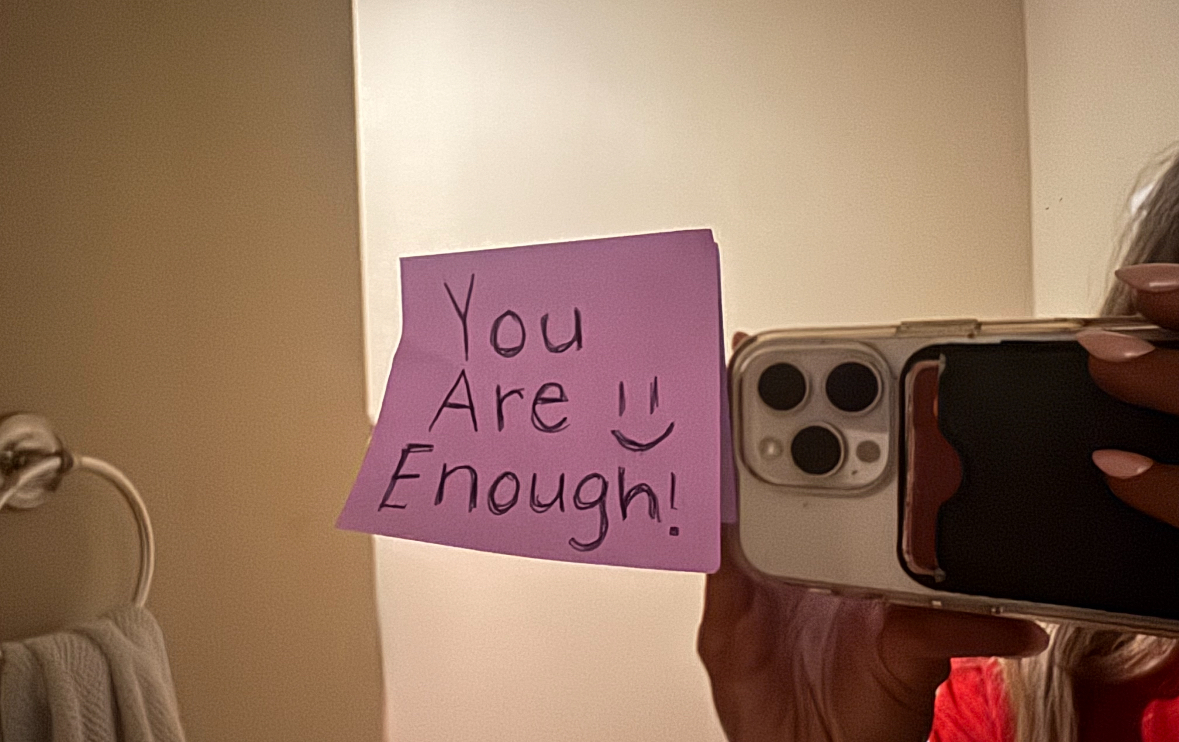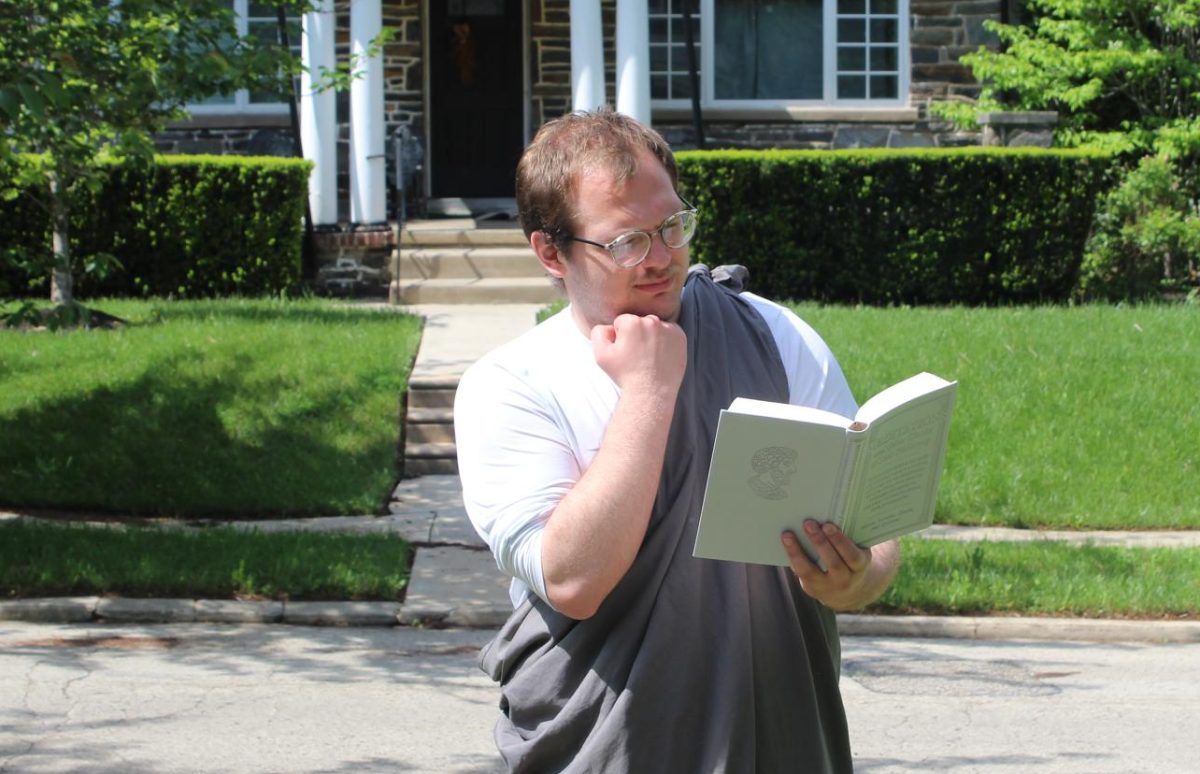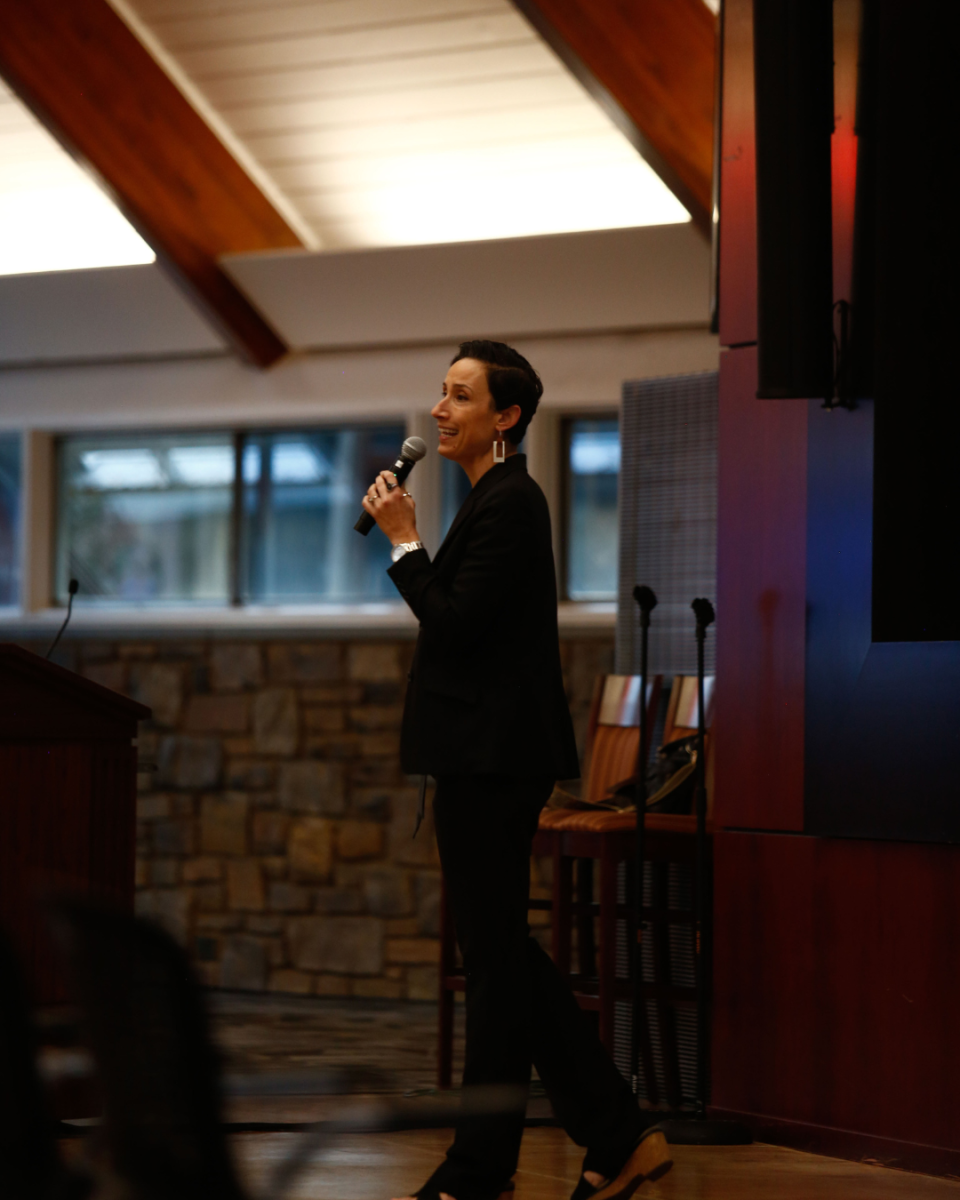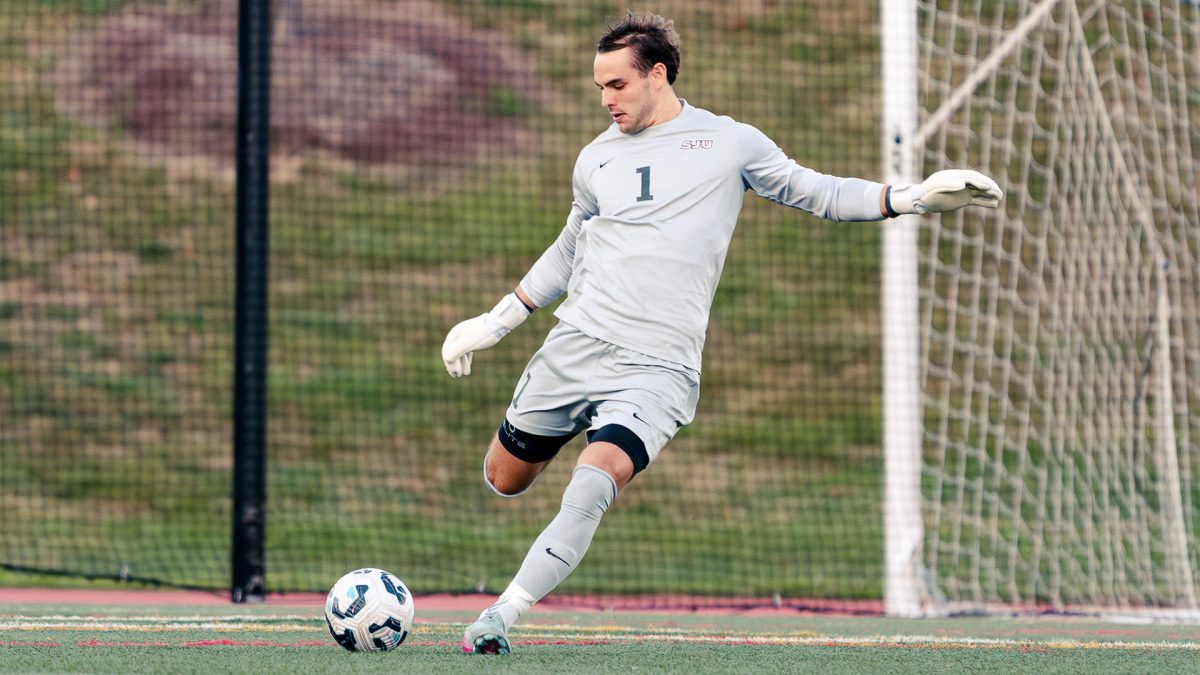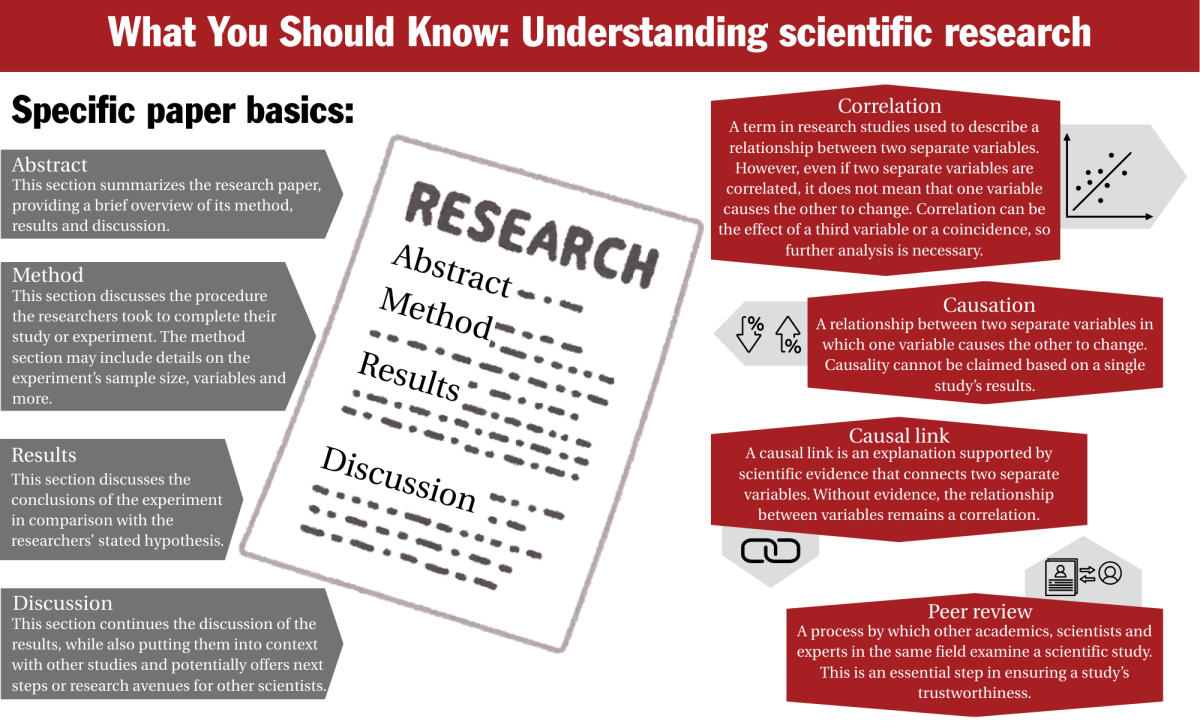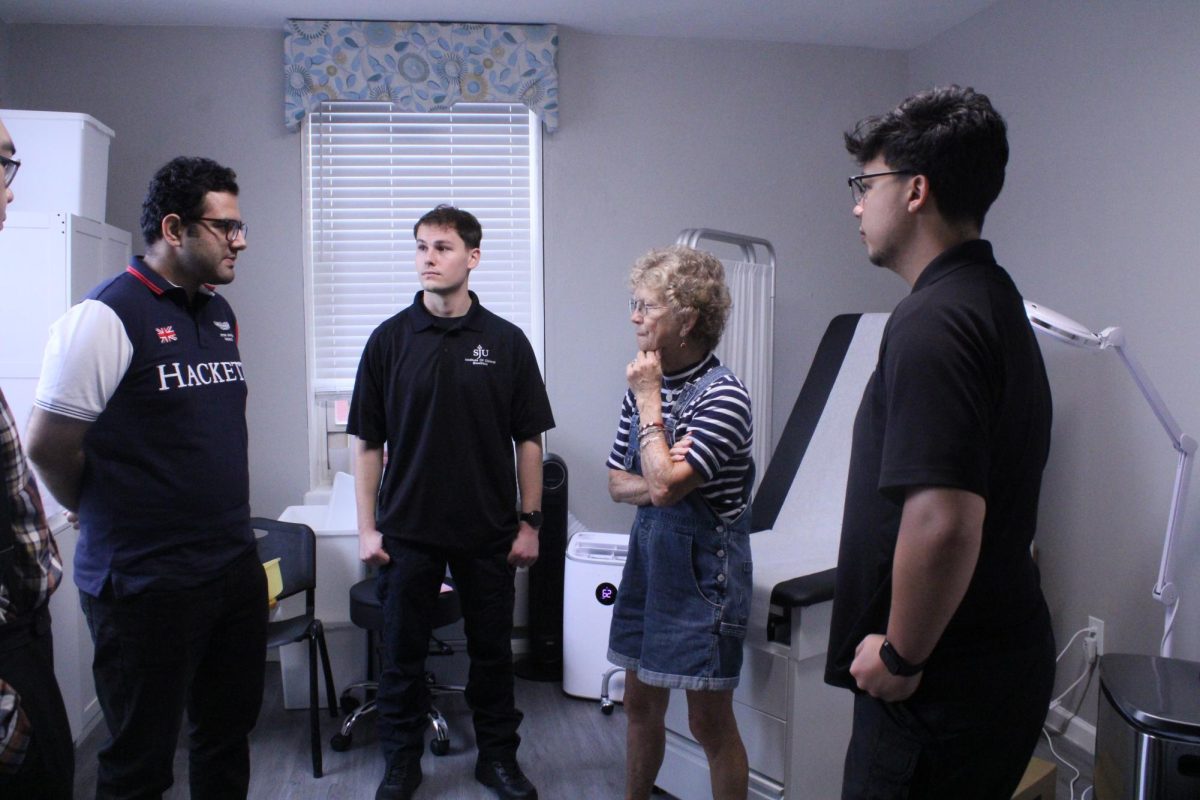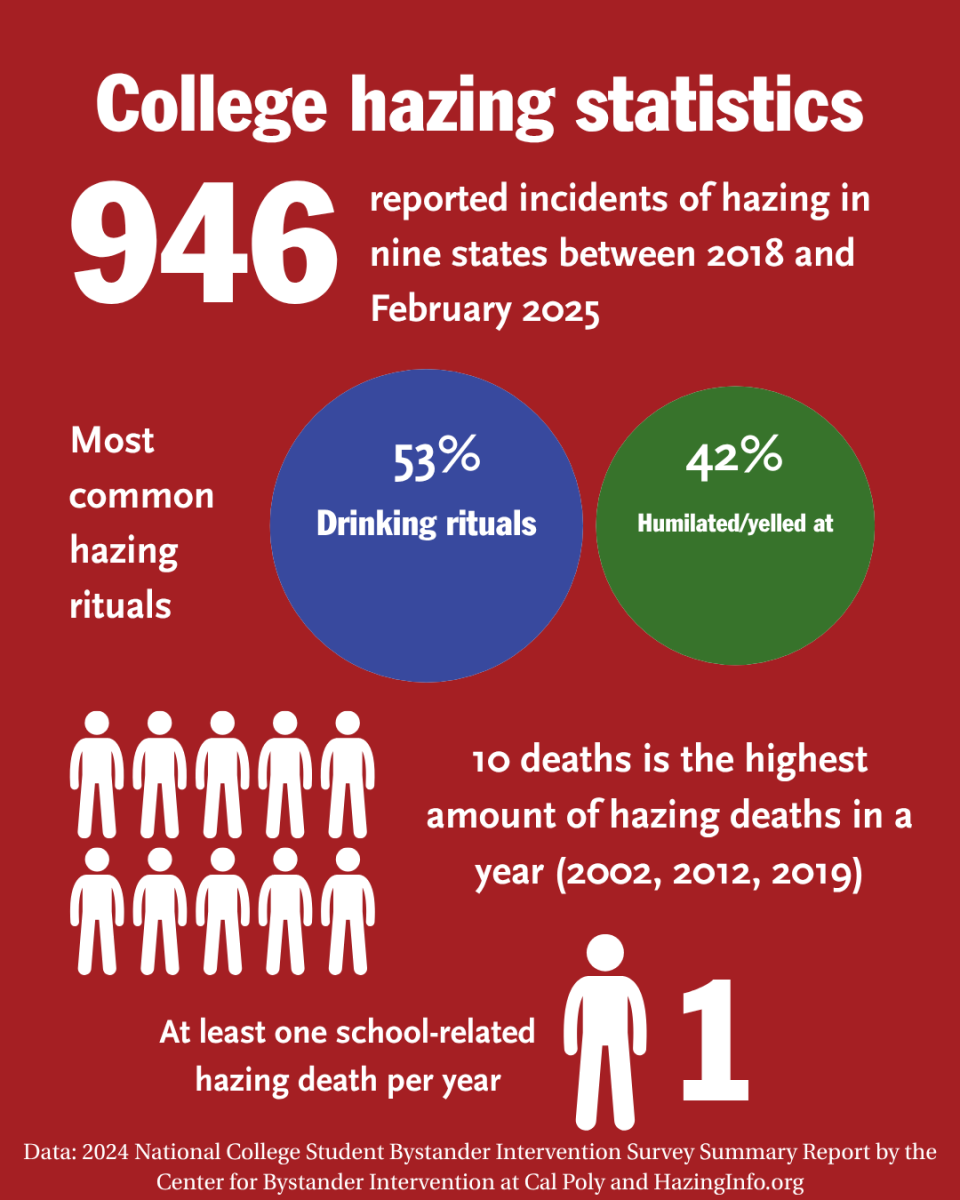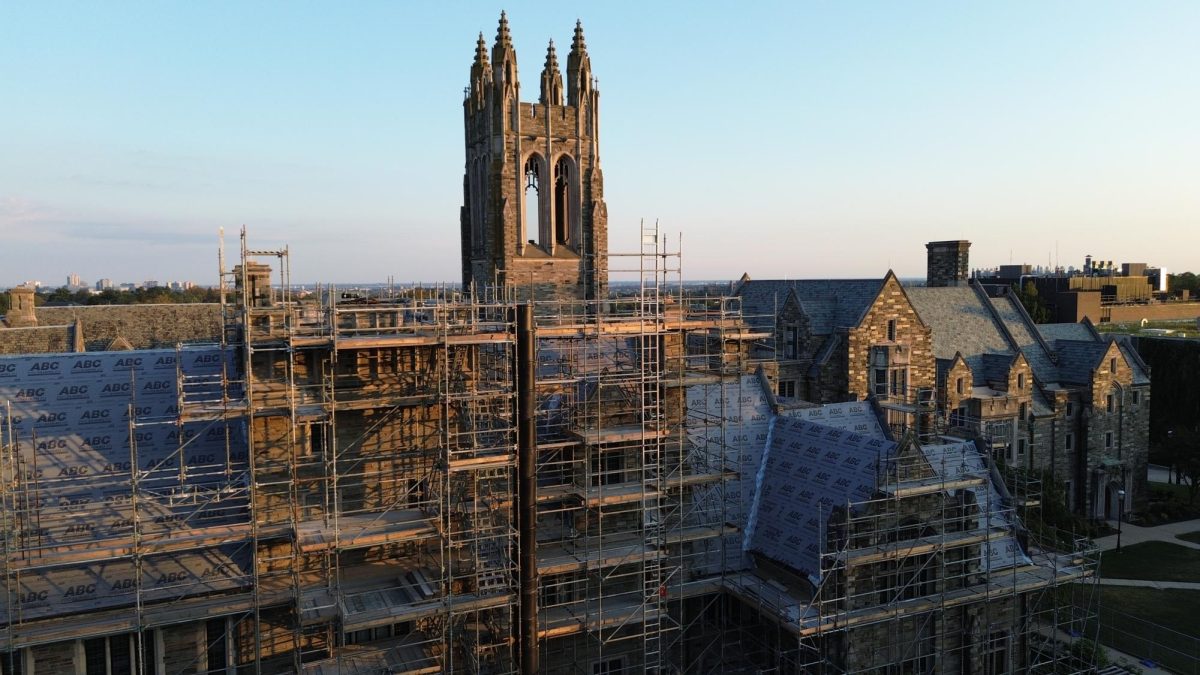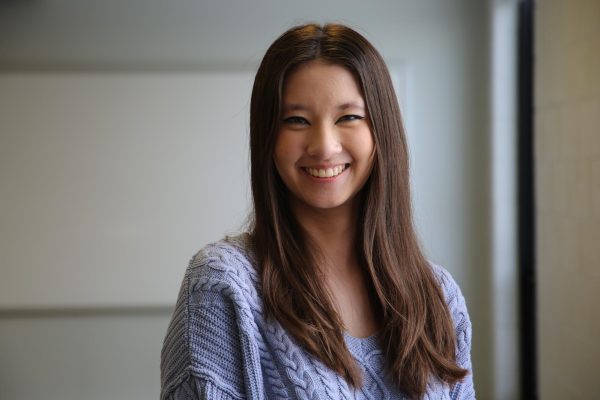On Saturday mornings at the intersection of Montgomery Avenue and Meeting House Lane, passing drivers break the quiet with a chorus of honking horns in support of a silent vigil advocating for just and humane treatment of migrants.
The weekly silent vigil is held outside the historic Merion Friends Meeting House, a simple pale yellow house erected in 1695 that serves as the meeting place for the local Quaker community, also known as the Religious Society of Friends.
During the vigil, participants stand along the street holding signs with messages such as “Justice for all is what makes America great,” “Love thy neighbor, no exceptions” and “Treat migrants humanely.”
“One core belief is that there’s that of God in everyone, so everyone should be treated accordingly, and following Jesus’ example of standing with the vulnerable, the people on the outside of society, and seeking peace and justice,” said Jeffrey Barg, clerk of Merion Friends Meeting’s Beliefs into Action Committee.
The group’s first vigil was held May 10 following the Trump administration’s deportation of Kilmar Abrego Garcia to CECOT, a maximum security prison in El Salvador notorious for its poor conditions and torture reports. In 2019, Garcia was granted a “withholding of removal” order from the Supreme Court that prevented him from being deported to El Salvador.
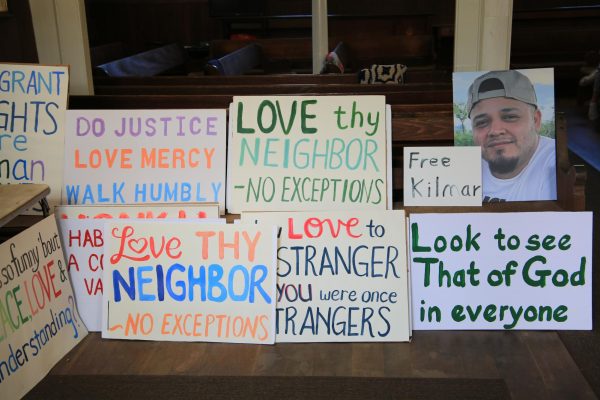
“Not only was there a lack of adequate due process, but it was directly against a court order that said he couldn’t be,” Barg said. “We were like, ‘This is a bridge too far.’”
At the vigil, Barg held a photo of Garcia and a sign that read “Free Kilmar.” Garcia is currently in an United States Immigrations and Customs Enforcement detention center in Philipsburg, Pennsylvania.
Between six and 18 people typically attend the vigil each week. Before the vigil, a silent worship open to all community members is held for 30 minutes. Silence — a key element of both the worship and the vigil — is essential, Barg said.
“It’s all about facilitating, surrendering our own thoughts, desires, to try to connect to the small, still voice within, and that requires, sometimes, silence,” Barg said.
The Quaker community’s history of social justice is even older than the Merion Friends Meeting House, which was reportedly visited by William Penn, according to a sign from the Pennsylvania Historical and Museum Commission. Throughout American history, Quakers have served as social justice advocates, supporting movements including abolitionism, feminism and environmentalism. A cornerstone of Quaker beliefs and life is nonviolence, as reflected in the vigil.
“I’m very much concerned with the rise in political violence, and I don’t think we can afford to adopt the regular partisan politics that we’ve descended into,” Barg said. “Now more than ever, we need a different approach, so [we’re] trying to be a model for that.”
Barg said a protest is different from a vigil, which is a religious act that involves helping others open up their hearts, even those who disagree with them.
“We’re trying to open up people’s hearts rather than draw battle lines,” Barg said.
Dr. Eileen Carpenter, a longtime member of the Merion Friends and a regular participant in the vigil, said the vigil gives people a sense of community.
“I feel like if you’re an American, you’re responsible for what America does, and you have to participate and let people know what your point of view is,” Carpenter said.
Although the vigil is led by Merion Friends, not all participants are Quakers. Over the past five months, members of the Sisters of Mercy, St. Mary’s Episcopal Church of Ardmore, Narberth Presbyterian Church and others have participated in the vigil.
Sister Suzanne Gallagher, who has been attending since the first vigil, said social justice is intertwined with her role as a Sister of Mercy, whose convent is on the same street.
“We have critical concerns, racism, care for Earth, nonviolence and that kind of thing,” Gallagher said. “So, immigrants fits right in, with, we think, racism and care for the poor. It’s just a natural fit for us to say, ‘What are the needs of the times?’ During these times, there are so many needs, but our brothers and sisters are really suffering.”
Gallagher said she’s seen support grow for the vigil through recent interactions with passersby.
“The other day, somebody drove by here and said, ‘I’m an immigrant,’ and one of our sisters said, ‘Welcome,’” Gallagher said. “Just this morning, a woman passed by, and she turned around, and she said, ‘Thank you. I’m an immigrant.’”
Signs are provided by Merion Friends, with a variety to choose from at the entry to the meeting house. Some signs are in English, and others are in Spanish, with messages like “Todos somos inmigrantes” (“We are all immigrants”).
“We were very intentional about sign creation,” Barg said. “The majority of the signs that you see are ones that we created because we wanted the message to be standing with and for something rather than opposing something.”
Gallagher, who described silence as “another way to have a message,” said an important part of the vigil is raising consciousness. She was reminded of this one Saturday when a woman in her car drove by and asked if the group had anything better to do.
“I wanted to say, ‘No, I don’t have anything better to do,’” Gallagher said.
Instead, Gallagher held her sign in silence.
This is the first article in a series by Hannah Pajtis ’26 that highlights immigration-related stories from the Philadelphia area.


